Goal(s):
Before CoachingDuring Coaching
Looking Forward...
0 Comments
Goal(s):
Before Coaching
As Diana is new to Chadwick International, an easy way to teach math was with the whole class doing the same activity. However, even with the hands-on activities, it was difficult for Diana to confer regularly with all of her students. It was also difficult to check to see if the students were really understanding the lesson through the games. Diana wanted to be able to hold herself accountable to incorporate the standards for mathematics and hold students accountable to their learning. Diana was also keen to step up student agency opportunities in her class in order to allow students to have choice, voice, and ownership with their learning.
During CoachingLooking Forward...
Read more of Cindy's Coaching Stories here.
Goal(s):
Before Coaching
Looking Forward

As I stated in my last post, I have recently started a new job as an EdTech Integration Coach.
I have been keen to dive into the ins and outs of this new role. It is a learning curve, but one I am so excited to get into with my new colleagues. I have started the Google Certified Coach program, bought a few books (mentioned in my last post), and have signed up for multiple PD's my school is hosting based on coaching - what a year to be here! Jim Knight's Instructional Coaching and Cognitive Coaching being the two big names we are working with this year. In short - I am excited to learn all that I can about being a coach. Because I know my knowledge base is small right now - I have some questions for all of you experienced coaches... I have started formal coaching cycles with 9 teachers at my school. I felt like I had great energy and lots to collaborate on... We have identified their goals, we have worked through possible solutions, they have chosen tools to work on this solution, I have been into their classroom to observe, we have reflected on those observations and made next steps.... and now I am feeling like...
My check ins with teachers are becoming shorter - because they are on a roll and know what they're doing next. I don't want to waste their time. I am still consistently meeting with them to be a collaborator and have them voice next steps, etc...
I want to back off and let them fly, as I would with my students. I want to give them breathing room and time to think and experiment. But I also want to keep committed to them in this coaching cycle. I just feel a little stuck at this point.
Last year when I was applying for jobs I made the conscious effort to decline classroom job interviews, and stick to my instinct about moving into the world of EdTech coaching. The universe provided, and in a few short weeks I accepted a Technology Integration Coach job at Chadwick International (Korea) to work in a department of 2 for the Village School (elementary).
The beginning of the year was a whirlwind. Having 2 weeks of quarantine after entering the country and starting with online orientation made the foundations of my job (relationships) a little difficult. Even once we were completing the end of orientation in person, we still had to adhere to social distancing and smaller groups. The natural act of sitting beside people and "accidentally making a new friend" was pretty impossible. For the first two months I have been attending meetings to give a little peep of a suggestion here at there, teaching a couple of digital citizenship lessons to kick off the year, and helping to administer MAP Tests in grades 1-5. We also had an IB Evidencing Learning workshop which gave me another good chance to connect with colleagues. I also began putting together a monthly Coaches Corner. I feel this makes the coaches and pedagogy leaders in our school more visible. Each month I am asking them for submissions, then on the first of the month I email it out to the Village School and also post them in common staff areas such as collaboration rooms, staff rooms, and even bathrooms. Within this, I created a #ChadwickSlowChat on Twitter. Each month I am asking a different teacher to pose a question to our community. The start has been slow, but I am hoping to watch it grow!
This week we began our new Simply Certified sessions. This week we started with "All About Apple" where I reviewed all of the types of certifications teachers can get from Apple. At least 3 more teachers are already Apple Teachers from this session, and many more have started their journey by earning badges! Coming soon is Google, and I also sent a document out with information about Seesaw, Nearpod, Flipgrid, and more.
Now is the natural time that I have people/teams approaching me with bigger ideas. I am excited about their eagerness and am happy to dive in with them. However, as I am new to coaching, I just want to know all of the things. I bought 3 books to help guide me. The EdTech Coaching Primer by Ashley McBride, Courageous Adventures by Jennie Magiera, and The Complete EdTech Coach by Adam Juarez and Katherine Goyette. These have been a great place to start, but I found myself wanting/needing some sort of organization to document and help guide my conversations with teachers.
I started by modifying one from Magiera, and then scratched it completely and began from what was in my heart. However, a few elements still remain the same. I need to try to evidence where they are so I can meet them there. Then I need to try to outline possible solutions and key people, resources, blogs, and links that might help them get there. Teachers have a lot on their plate and if I can do some of the heavy lifting for them, I am willing (and excited!) to do that. Below is what I have started. I spent the end of this week filling them in for people I have spoken to already, and tweaked things as I went along. This doesn't work - don't need this - need to add this. I will continue this tweaking process as I go along
While this is a large learning curve for me, and creating a coaching culture within a school may not be easy, I am excited to see where our team takes it!
Do you have an animals or habitats unit coming up? How about something to do with adaptations? How about a writing unit with a focus on research or information texts?
March Mammal Madness 2021 is your answer!
This will be my third time participating in March Mammal Madness with my class. It is much like March Madness, but with animals! 4 divisions of 16 animals (plus a wild card) "battle" to see who wins! Don't worry, the battles aren't real (often the pairs would never encounter each other in real life) and don't always end in death either... sometimes an animal is just disinterested in a conflict, like in real life. Your job is to research each animal to the best of your ability so you can predict the winners and score the most points on the bracket.
Here is Everything You Need to Know:
Ways I have used MMM in the past (with grades 3 and 4):
2018 - One class researches the whole bracket (in person, at school):
2020 - One class researches the whole bracket, but 5 other classes also participated (home-based, online learning):
2021 - Five classes will research the whole bracket (preparing for home-based, online learning):
Other Ideas:
Of course, if you are viewing this and it is after March, you could always use the old resources and create your own timeline for your class. Cindy's ResourcesIf you are following my professional blog page, please remember I am on several professional learning journeys at the moment. Both of which I am blogging about - just elsewhere on my website.
1. COETAIL - Certificate of Education Technology and Information Literacy. Course 5 will begin Feb 1, 2021 and be completed by May 15, 2021. 2. MALDT - Master of Arts in Learning, Design, and Technology with Central Michigan University. I began this in January 2021 and will complete it in April 2022. I am also excited to say that in July 2021 I will be making a large shift in my career. I will be moving into an EdTech Integration Coaching role at a different international school in Korea! I am extremely happy to take this next step and join another amazing PYP school in their EdTech journey. As I move out of the classroom my professional goals and needs will shift as well. I am looking forward to sharing these with you as they change. 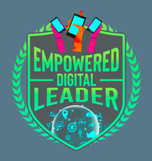 Image from Empowered Digital Leaders website Image from Empowered Digital Leaders website
This week I have had the amazing opportunity to begin learning with Jennifer Casa-Todd and Adam Hill in their new 4-week course "Empowered Digital Leaders." We have yet to have our face to face meetings online to discuss the week, but I am more of a writer than a talker (I see you, Adam!) so I am going to take this opportunity to reflect on the week.
As I work with primary school students, this really stuck out to me because I feel like social media is often overlooked because our students are "too young." I am not of that opinion. I feel like releasing the responsibility is important, and we know they are likely to have social media before they are 13, so starting young (grade 3 or 4, even) is important.
The shared experience, teaching them concepts like responsibility, perspective, and respect is important. Modeling to them how to leverage social media in positive ways before they are sucked in to social pressures could be key. Are they too young to have their own account? absolutely. Are they too young to experience using social media responsibly with a group of peers and an adult they trust? No.
Perspective is so important when talking about social media. For all ages.
Remembering that everyone online (and in person) has different opinions, beliefs, values, and experiences they bring to the table and conversations. A difference of opinions is normal, but we need to react and behave in a respectful manner no matter what. Exposing students to situations where they need to maybe suppress some reactions and reply kindly could be beneficial. Also talking about the idea of screening comments and just simply not approving posts where people are not discussing/debating in a respectful way. Perspective is key, just as it would be in a classic debate.
I would really like to explore this this year. I work in a collaborative studio model so have the opportunity to interact with around 100 grade 4 students, not just my own 20. I know I have had students in the past with a strong online presence, and while I showed some interest, I didn't really probe or see if we could use it as an example, or even see if he was being respectful or positive. I might be surprised at the ripple effect if I dig a little deeper this year.
Besides exploring the notes and ideas above...
...Blog more! All of my recent blog posts are on my COETAIL Blog for that course. That is fine, and it is getting me to blog more regularly, but I would also like to make more time for blogging about things inspired by my own setting. A big thanks to Adam and Jennifer for allowing me to learn with them in this course. I am looking forward to the discussions coming soon and the next few weeks digging deeper. 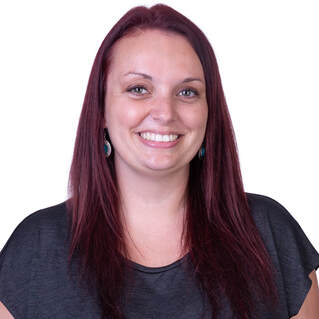 Hello everyone! I know it looks like I am blogging less lately... however, I have actually been blogging MORE! I have started EduroLearning's COETAIL course (Certificate of Educational Technology and Information Literacy). For this course I have set up another blog page on this website (My COETAIL Journey Blog). Please follow me on this journey and comment with questions or examples related to my posts. Thank you!
In November I attended some professional development with the Knowledge Source Institute in Thailand. The workshop I chose (along with a colleague at ISHCMC) was Transforming Learners into Self-Regulated Learners with Linda B. Nilson.
One of my main takeaways from this workshop was only a small part of the day, but had a lasting impact on me. It was the notion that students need to experience learning in at least three ways to deepen their understanding. She gave us 8 modes of learning as examples to try to get the students to experience. I immediately began thinking about how I could adapt this to Studio 4. My first step was in math lessons. We briefly discussed what each mode of learning could look like in math. I gave them a math challenge in groups or as individuals, and when their group used any of the modes of learning they were to come up to the board and write their team name in that column (or they would write their name on the board). We did this a few times before the Winter holidays.
It was great watching them explore the different ways. What did it mean? What could it mean? How could we do this differently?
When January rolled around I felt that they were ready for the next step. I redesigned their weekly goals/planning document to include the modes of learning.
We took a morning to brainstorm and add to examples of what each mode of learning might look like for our goals (math, literacy, ATL skill).
These are posted in our classrom and have been added to as students write different ideas into their planners. For students that need more/new ideas or help they can look at these posters while planning ways to reach their goals.
Out of the eight modes of learning, we decided it was fair for them to plan five ways each goal could be completed in a week. The expectation was that they complete at least three of these five ways.
My thought process here was at least they were thinking of more ways they could go deeper. If they finished three modes of learning for one goal, it would be clear that the goal is not "finished" or checked off, done, or completed. They could still see more ways they could continue this goals.
We have just gone through two weeks of 100% of the class getting through 100% of their expectations for the week. This was highly celebrated and gave slower students a taste of success with their peers. Now that they have the hang of it, the plan is to go deeper still. In their individual conversations and reflections with me, we have discussed writing deeper examples in each mode. We have also discussed planning more than 5 for some of the students, as they seem to be getting through them with focused attention. Looking to get started or go deeper with your students' goals and reflections? Here is a folder full of a variety of planners (this current one is number 7 in ISHCMC, Studio 4). Please feel free to look through them, make a copy, and see what suits your students in your environment! |
Cindy KaardalPassionate Educator and Innovation Coach. Archives
July 2024
Categories
All
|
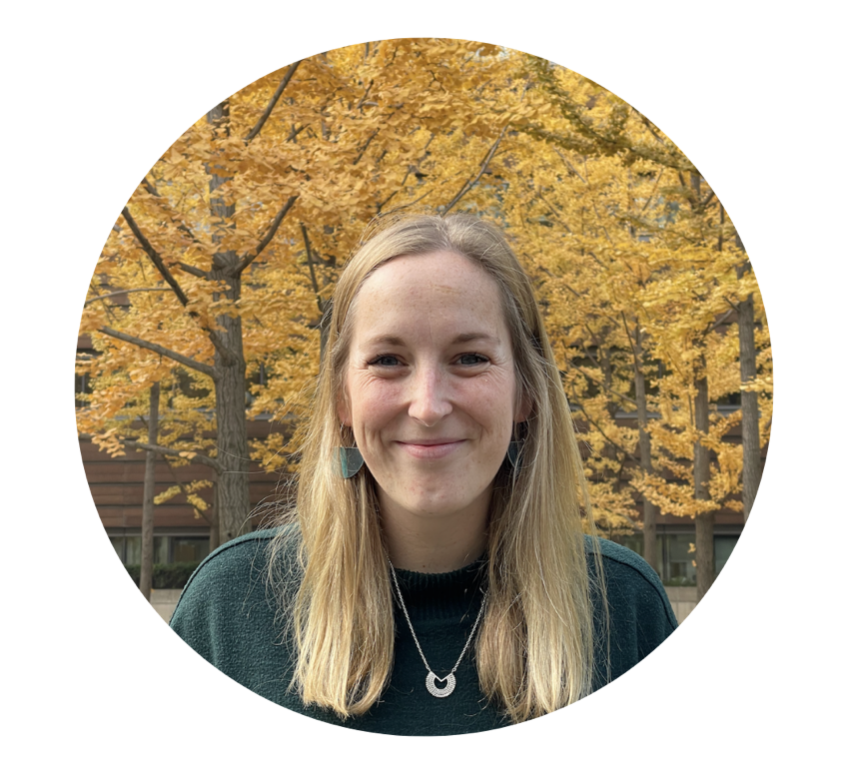
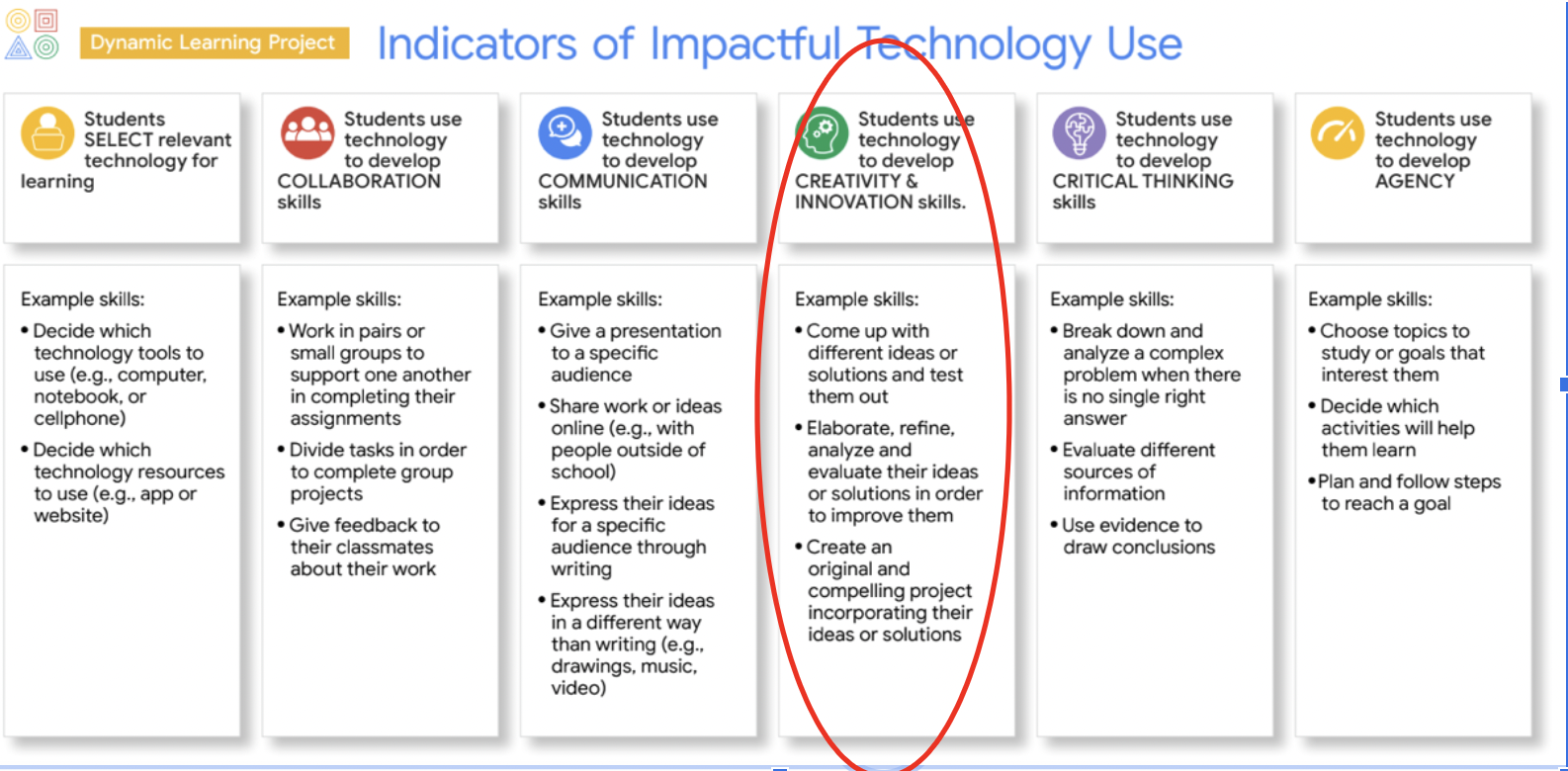
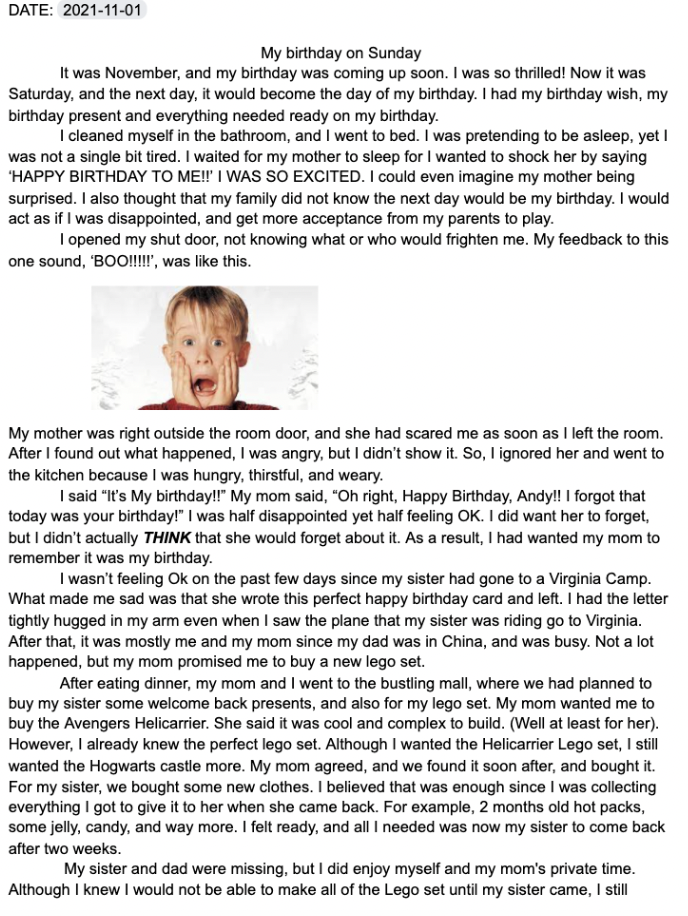
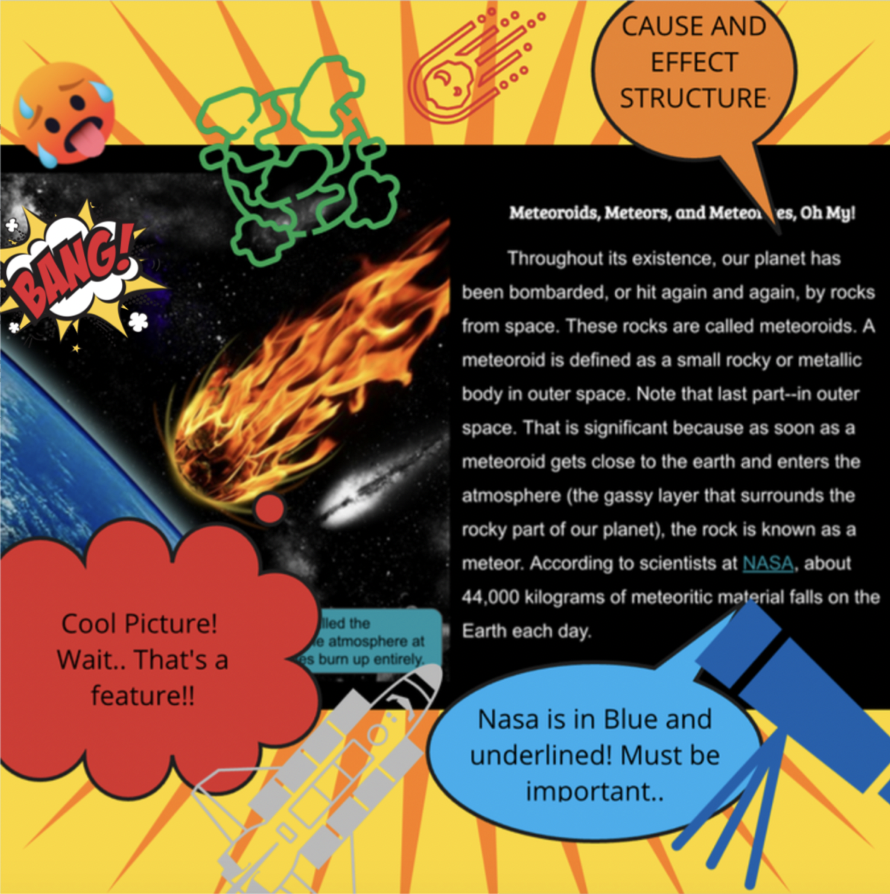
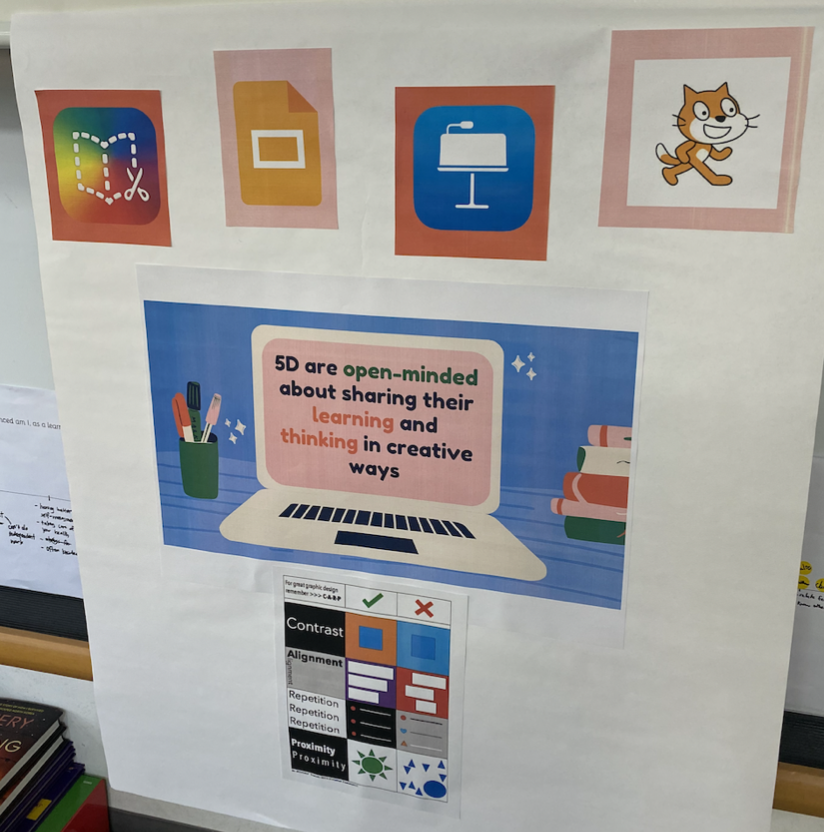
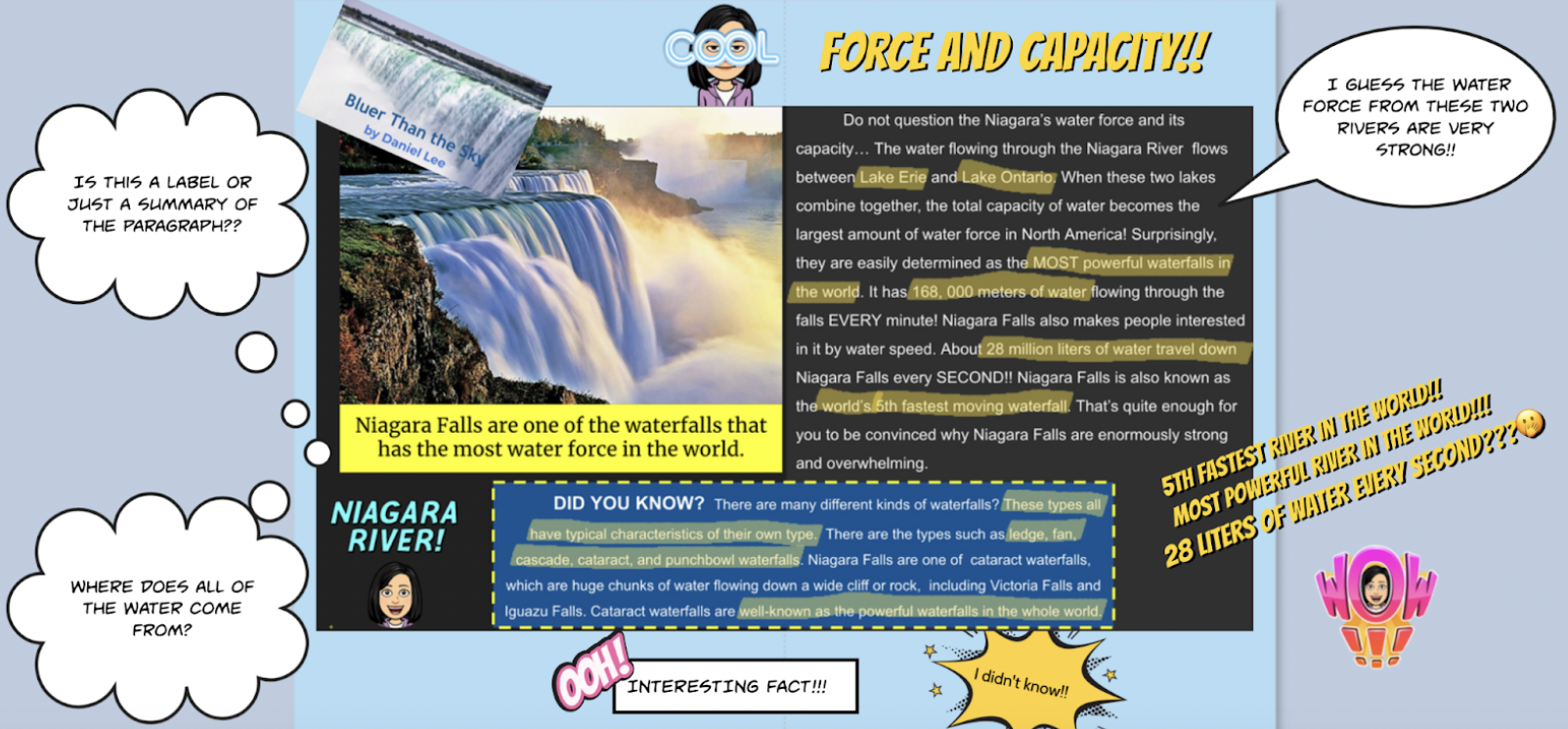
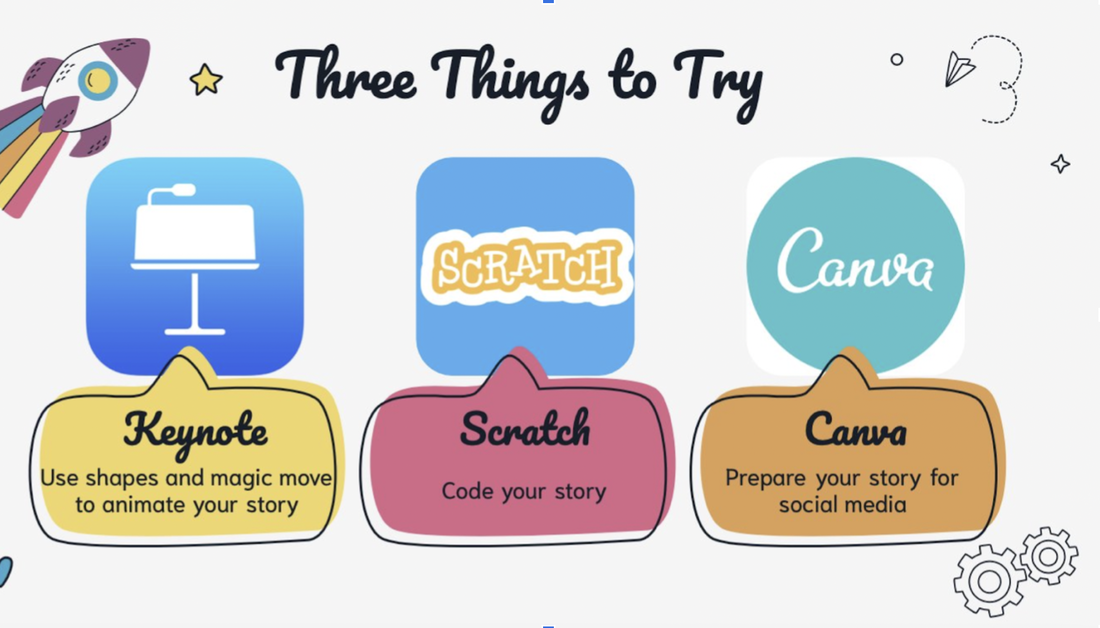
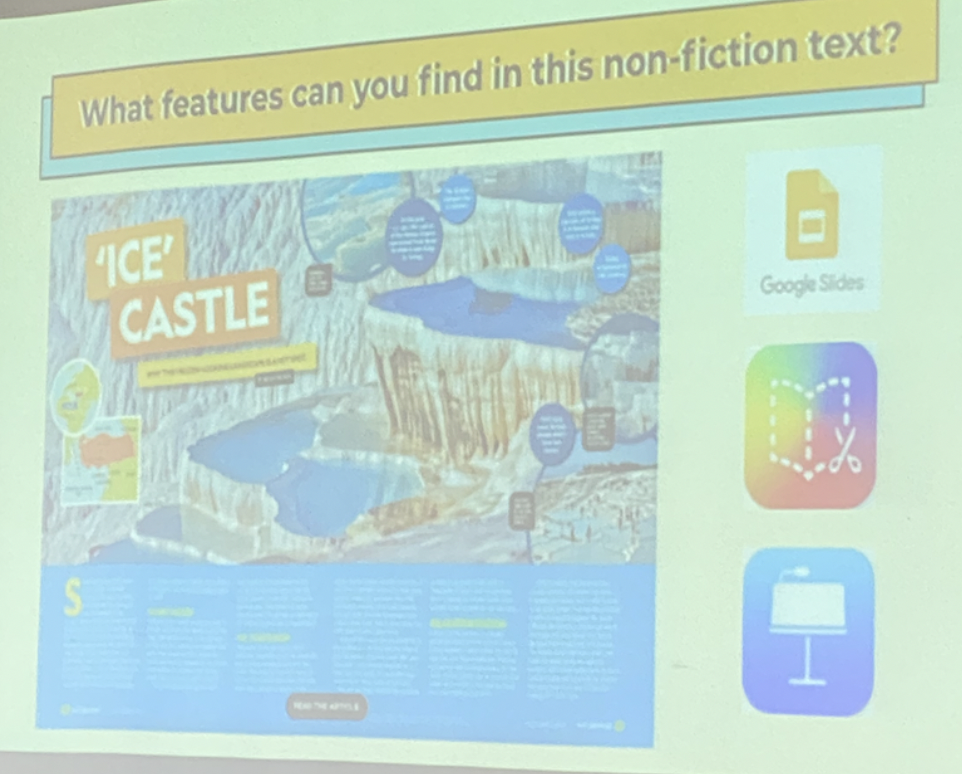
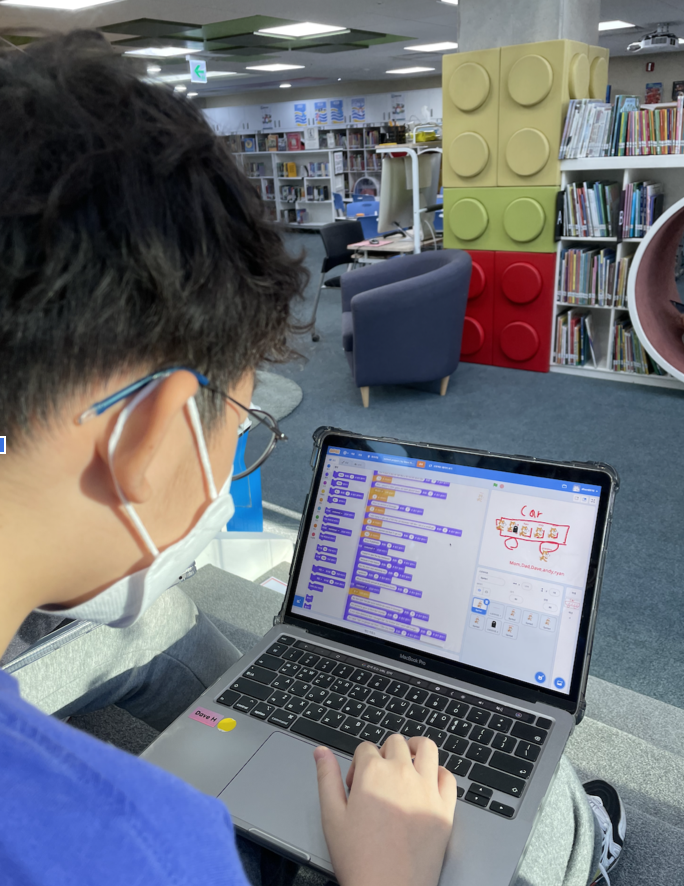

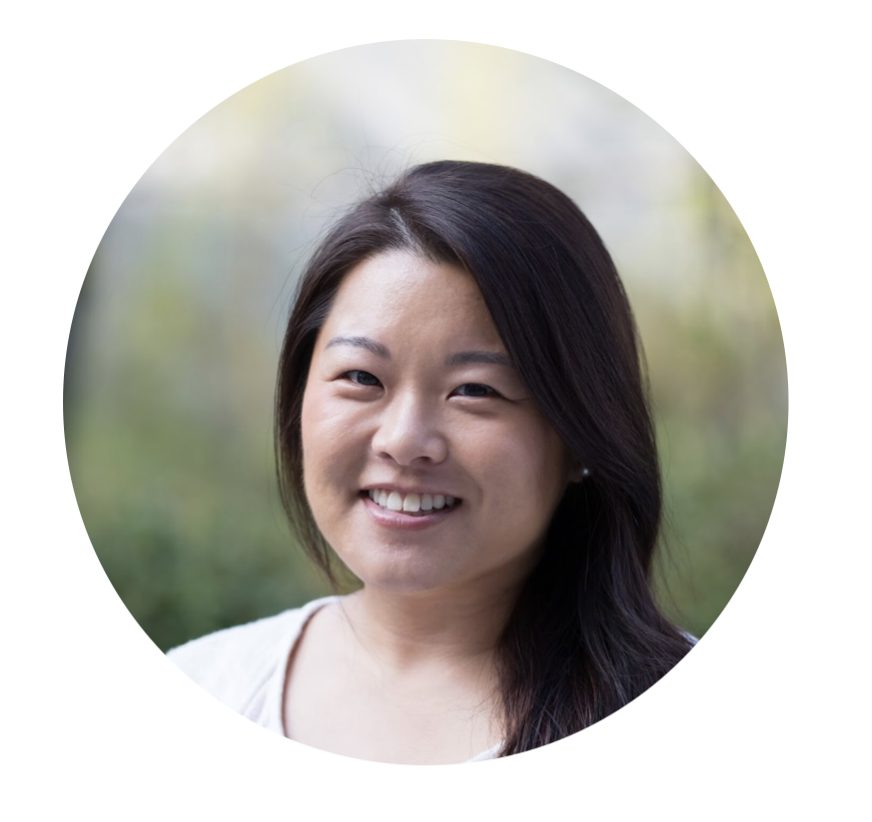
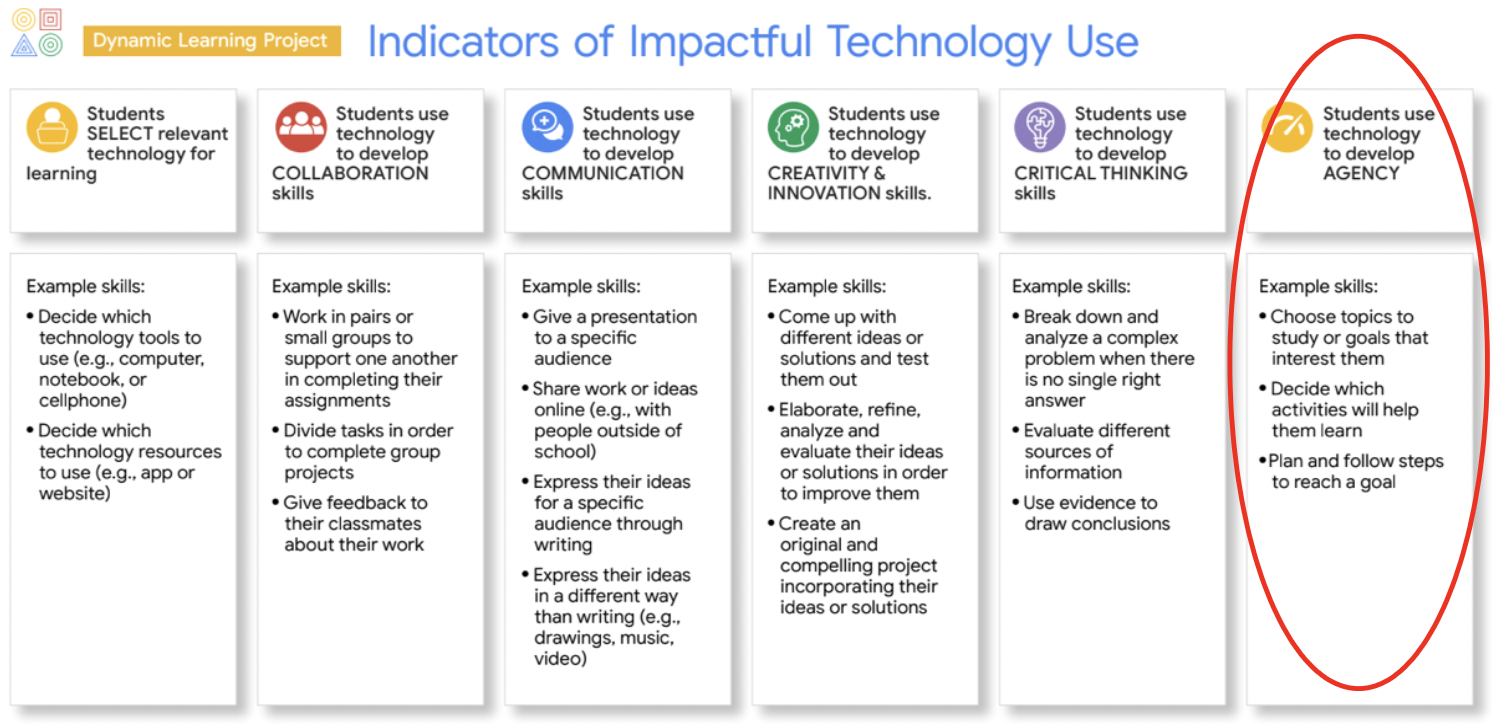
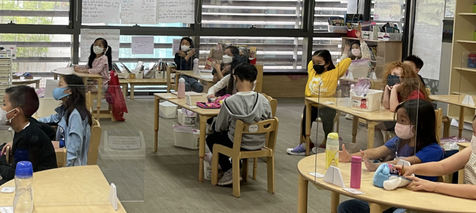
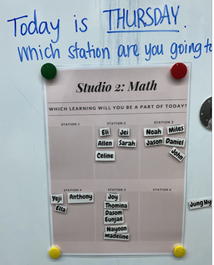
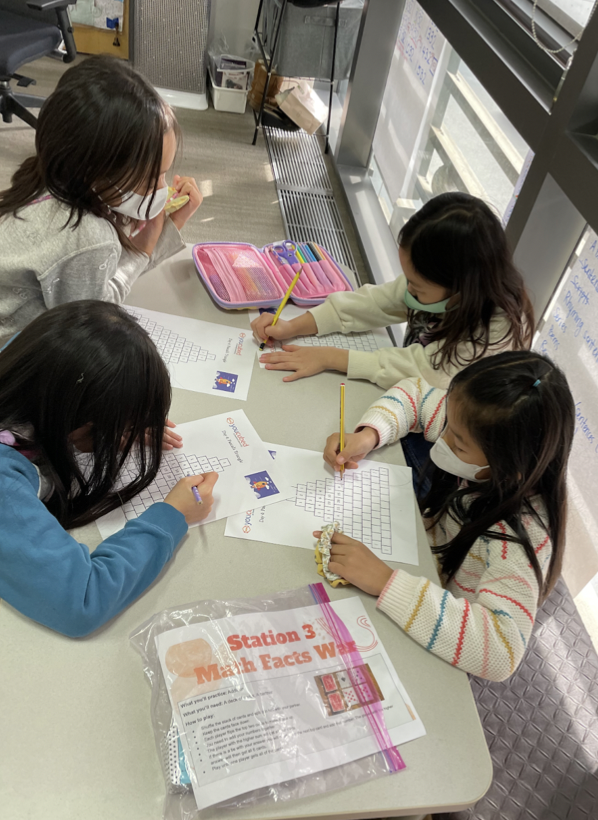
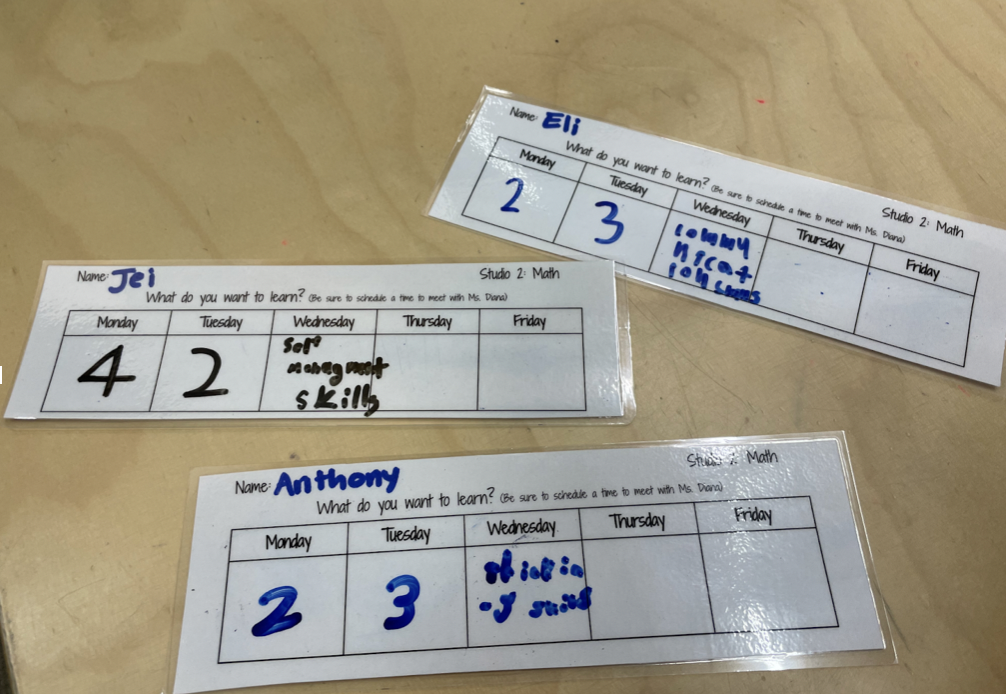
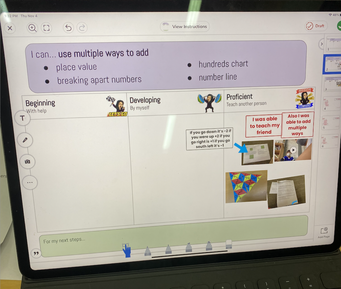
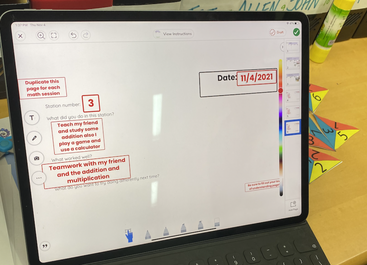
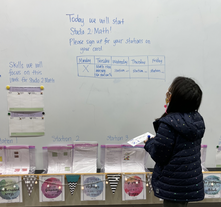

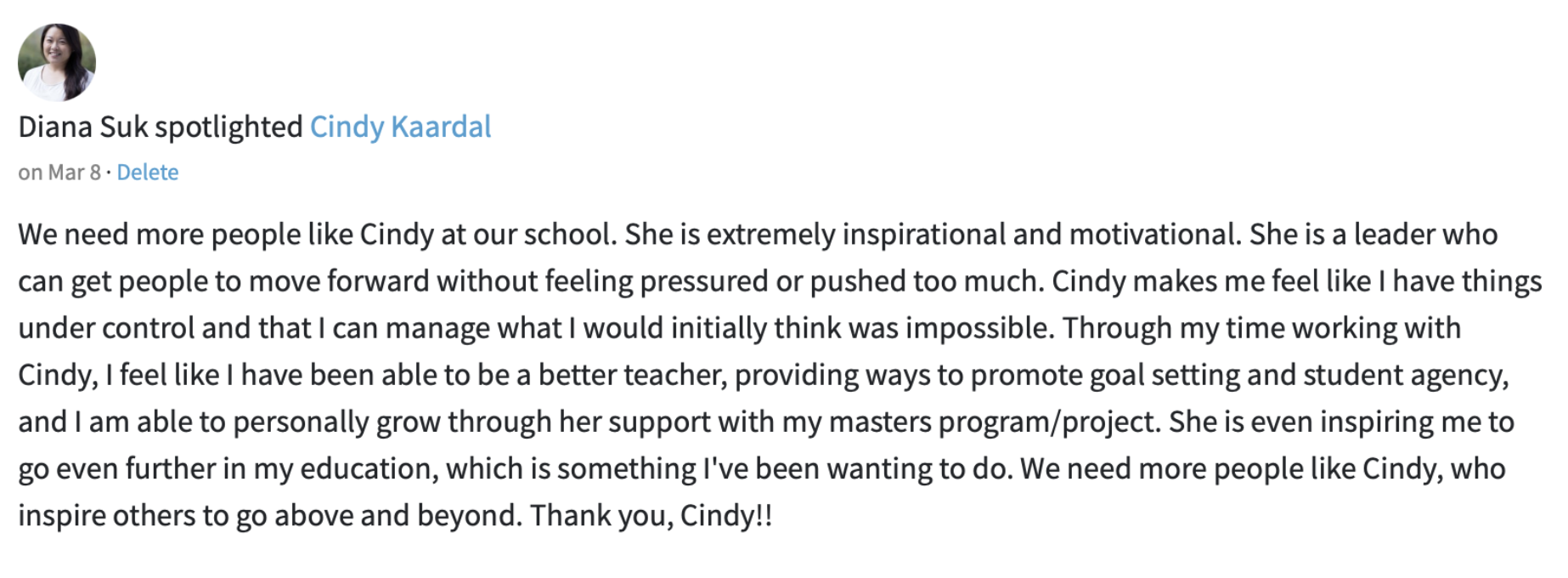
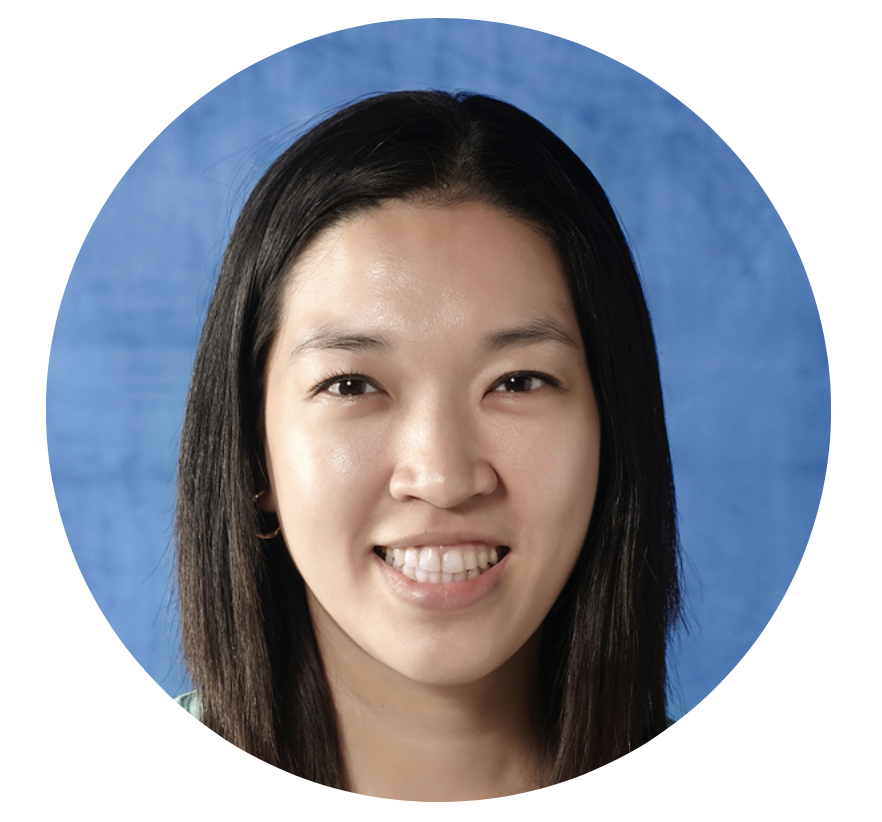
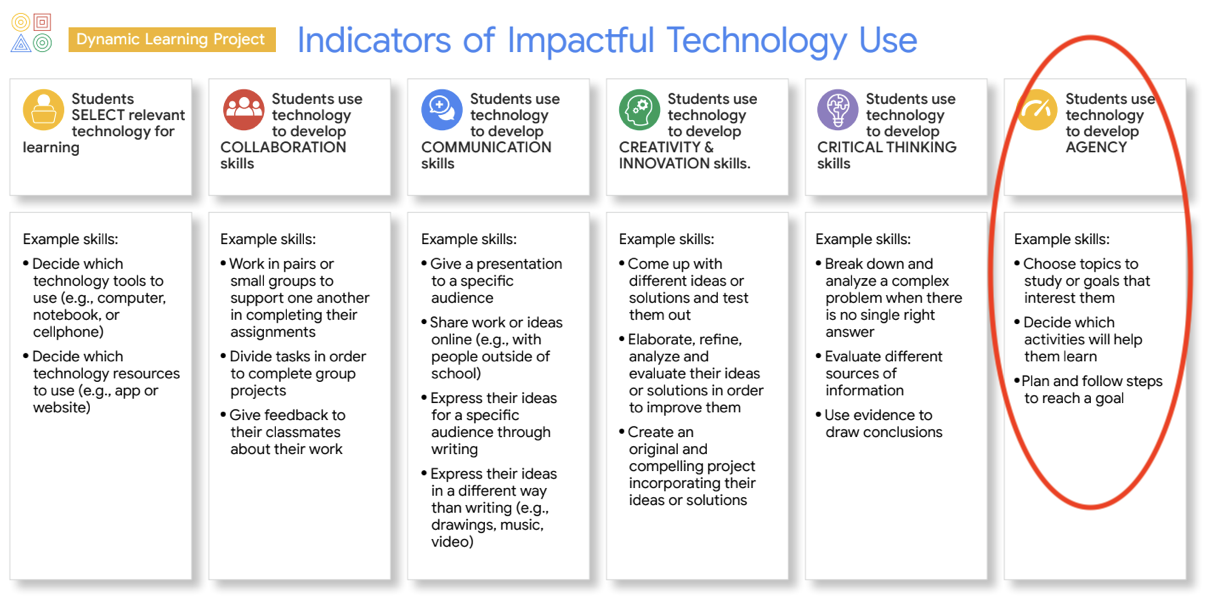
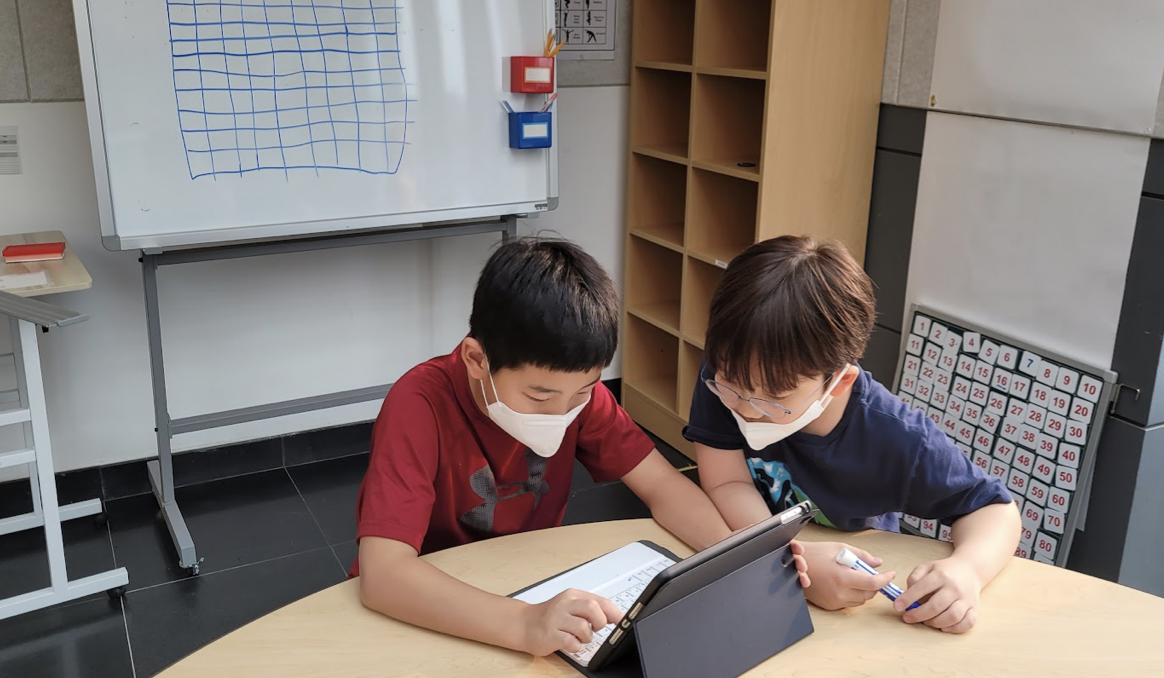
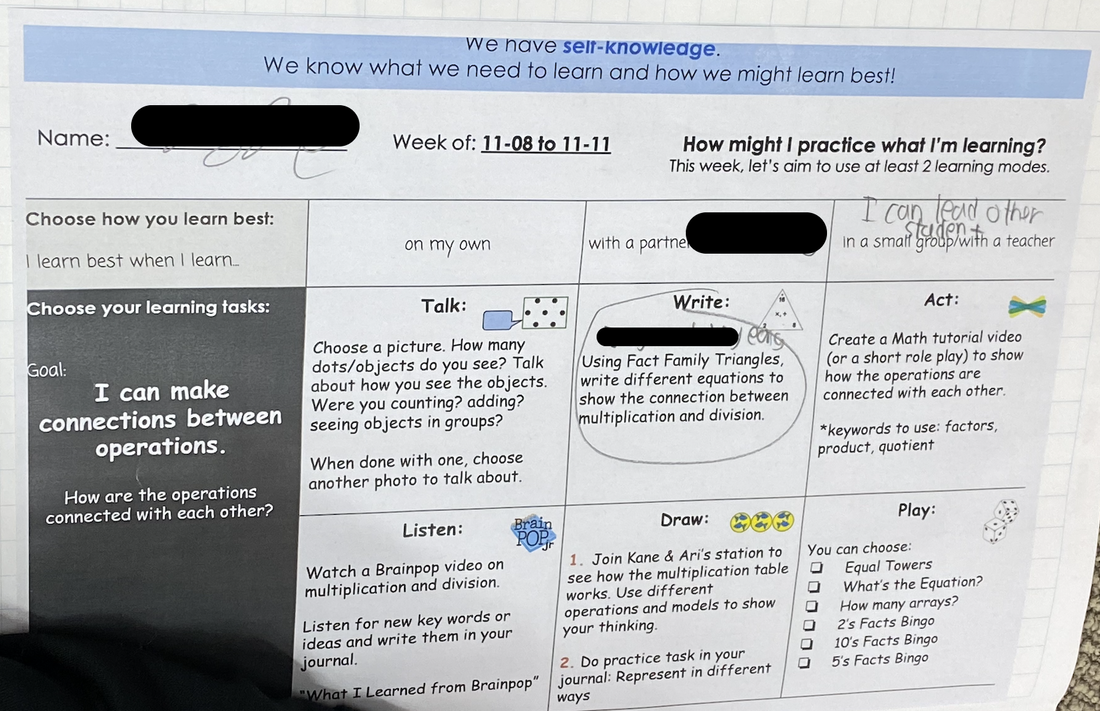
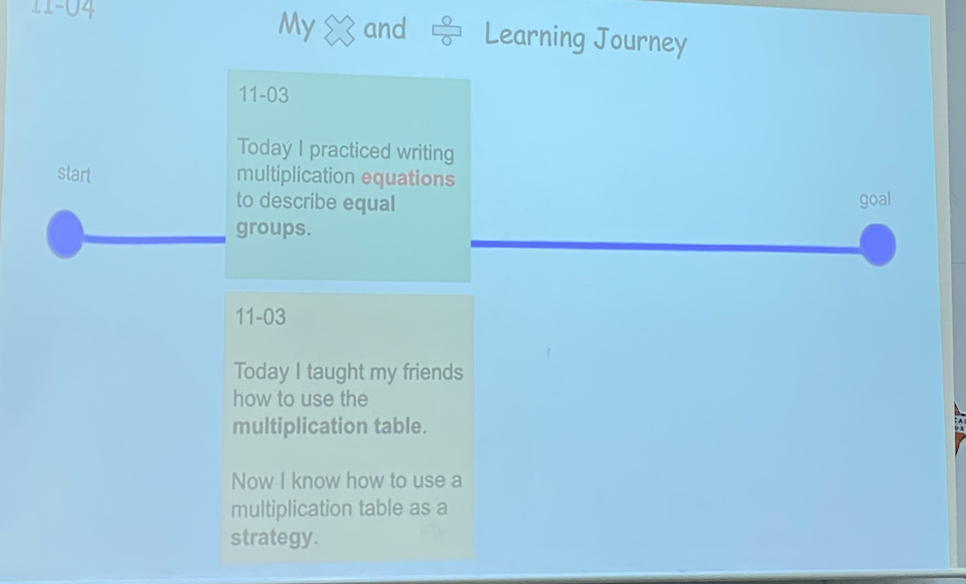
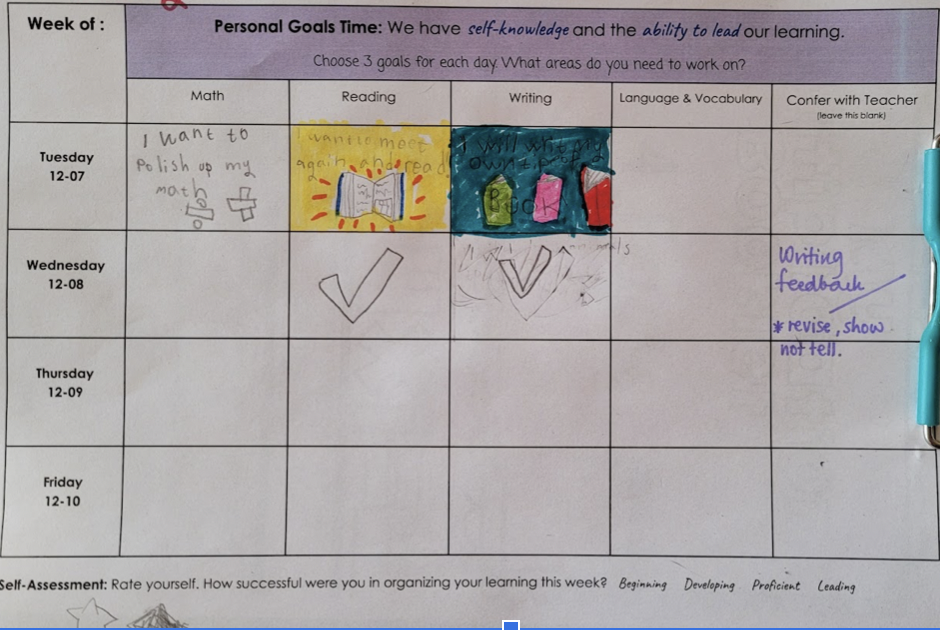
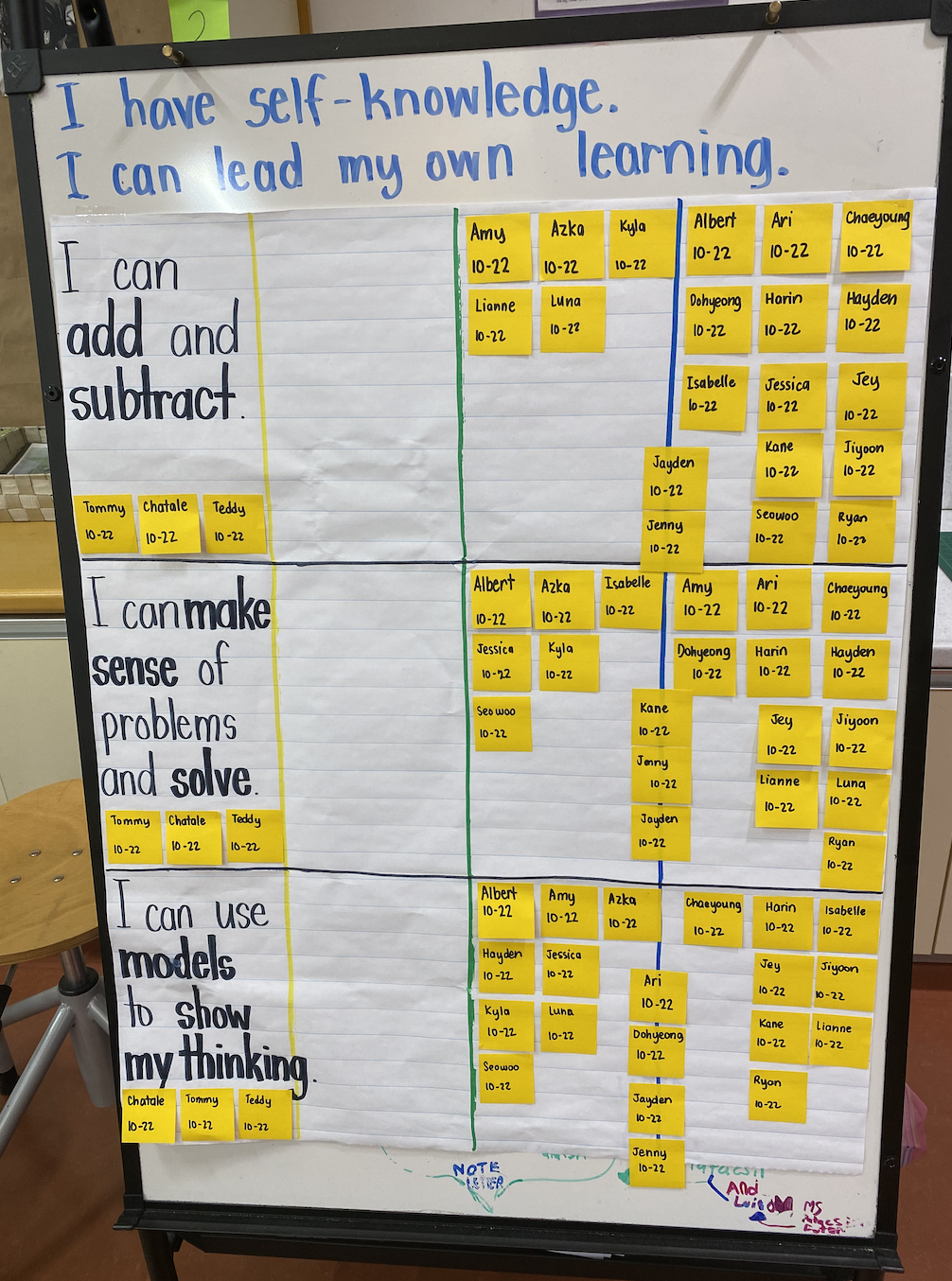
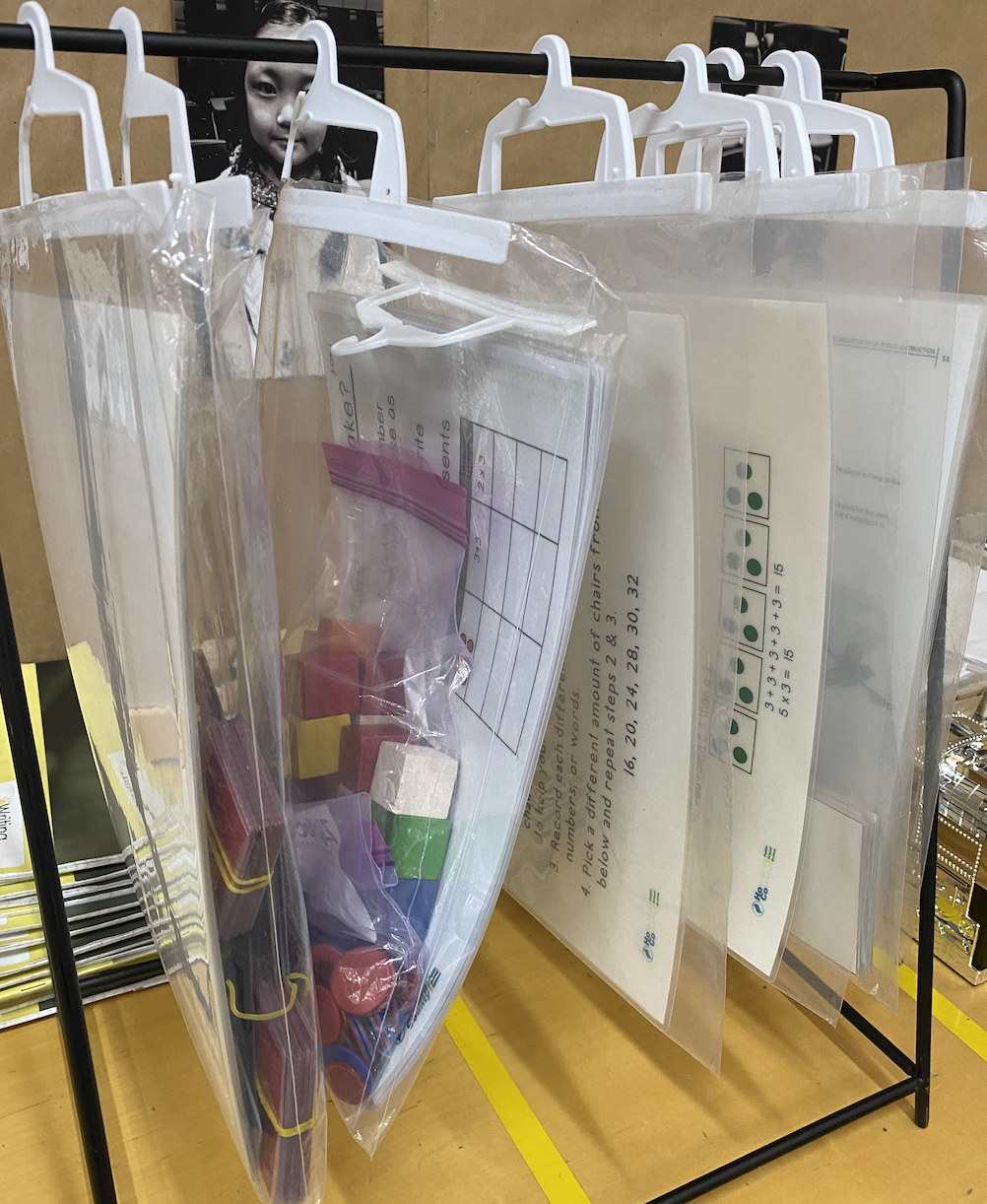
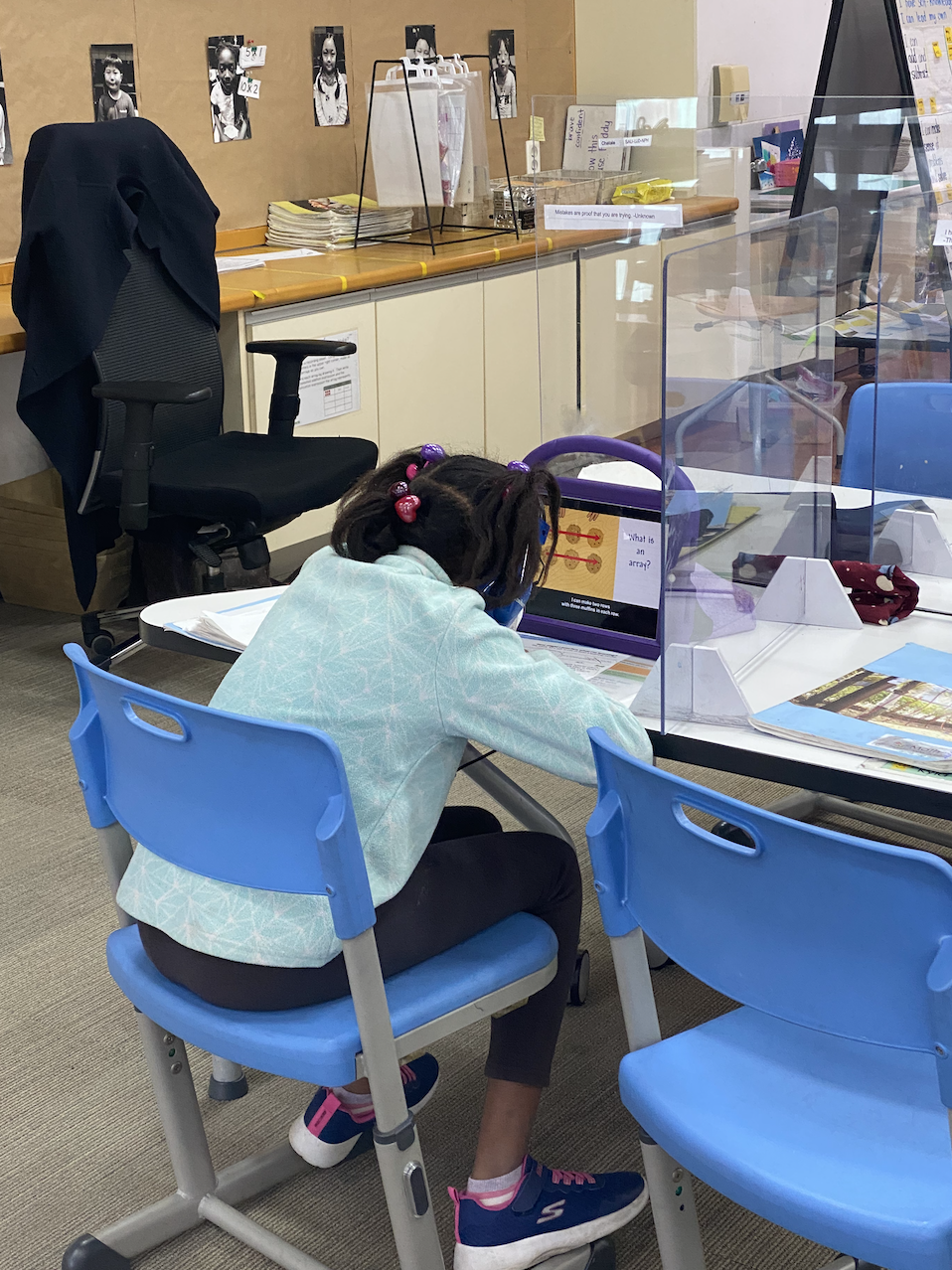
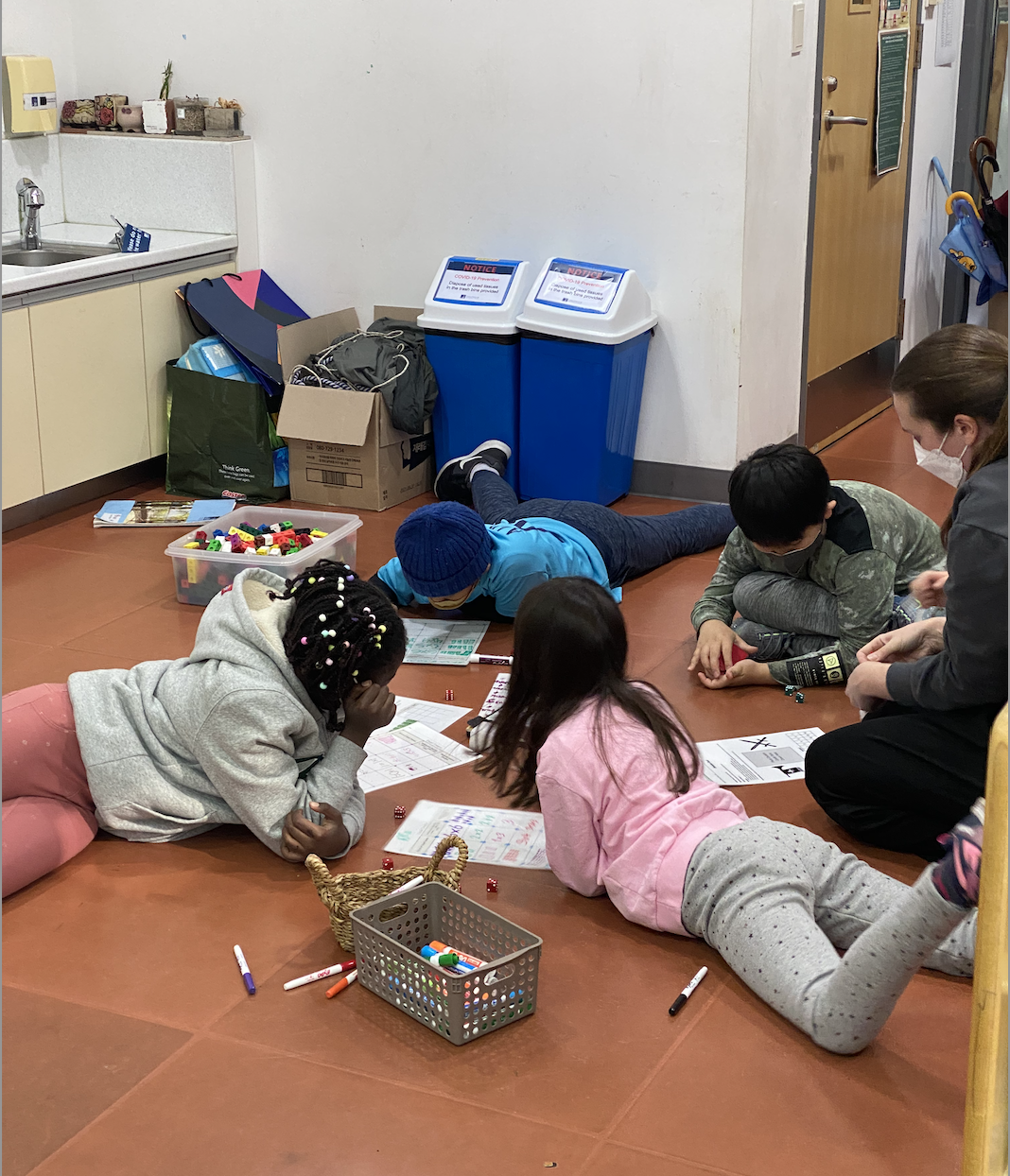
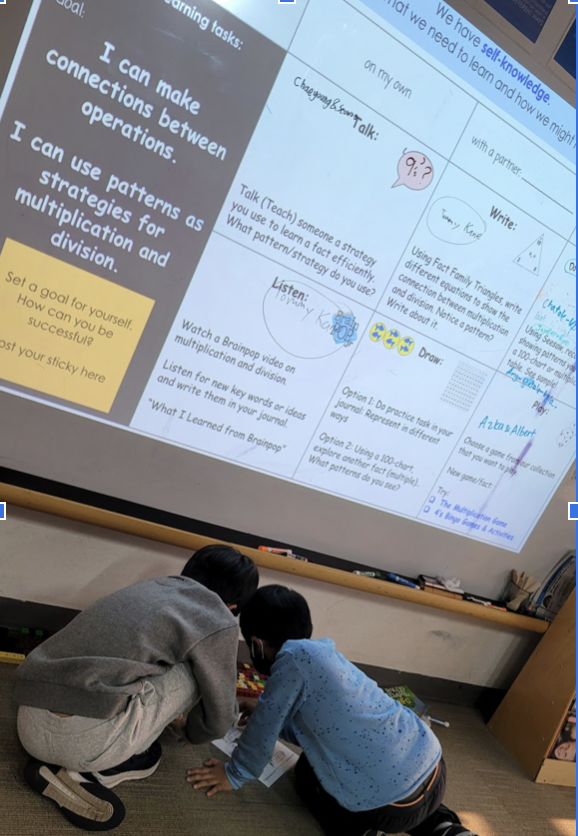
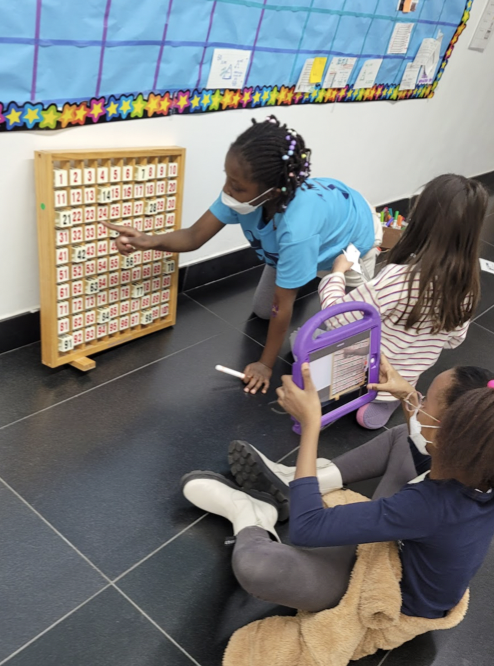
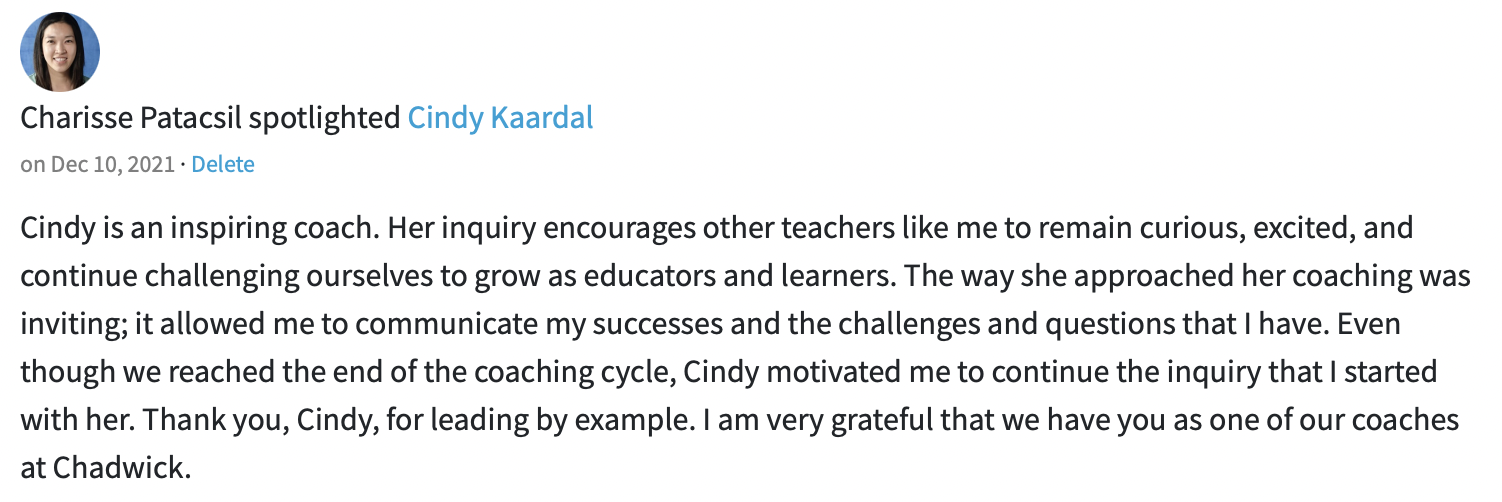

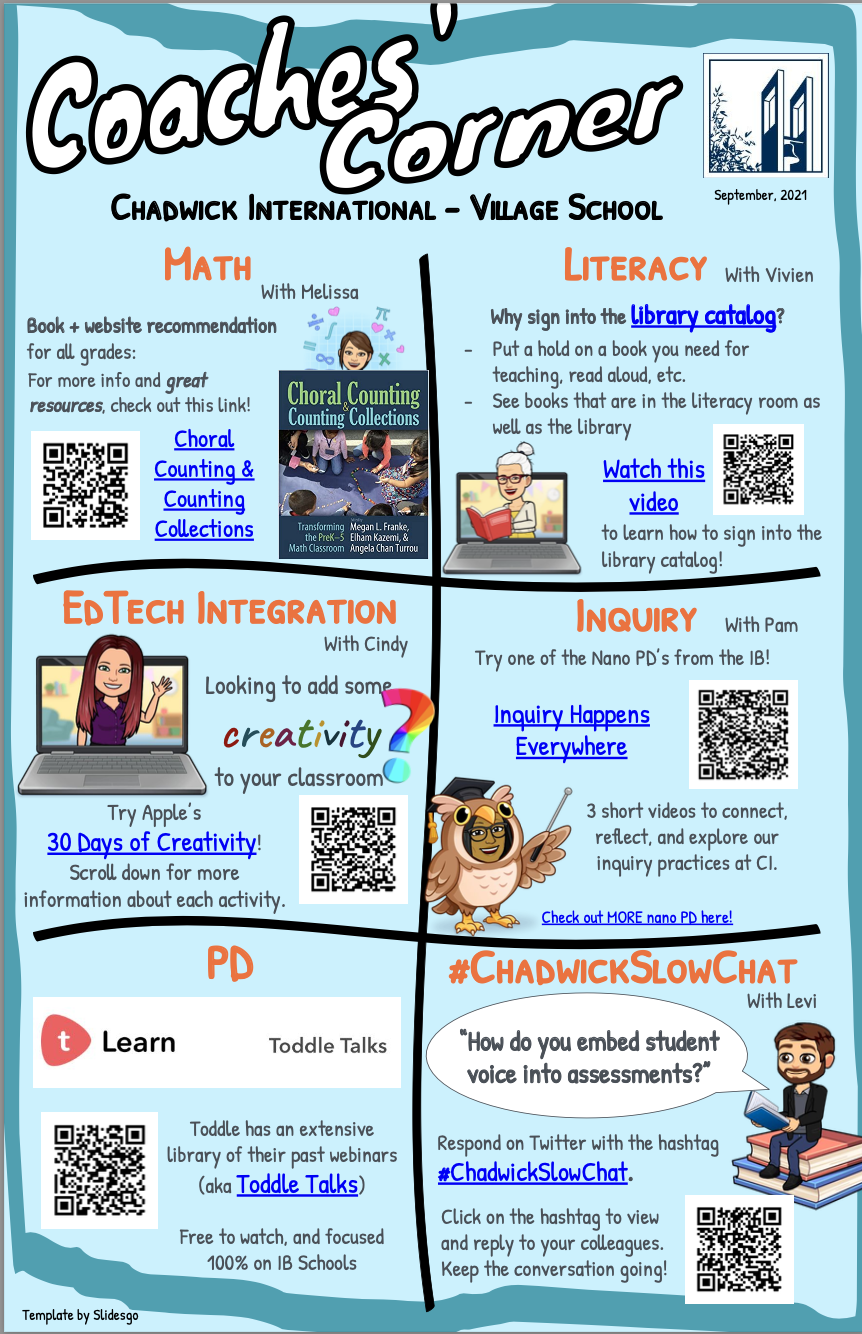
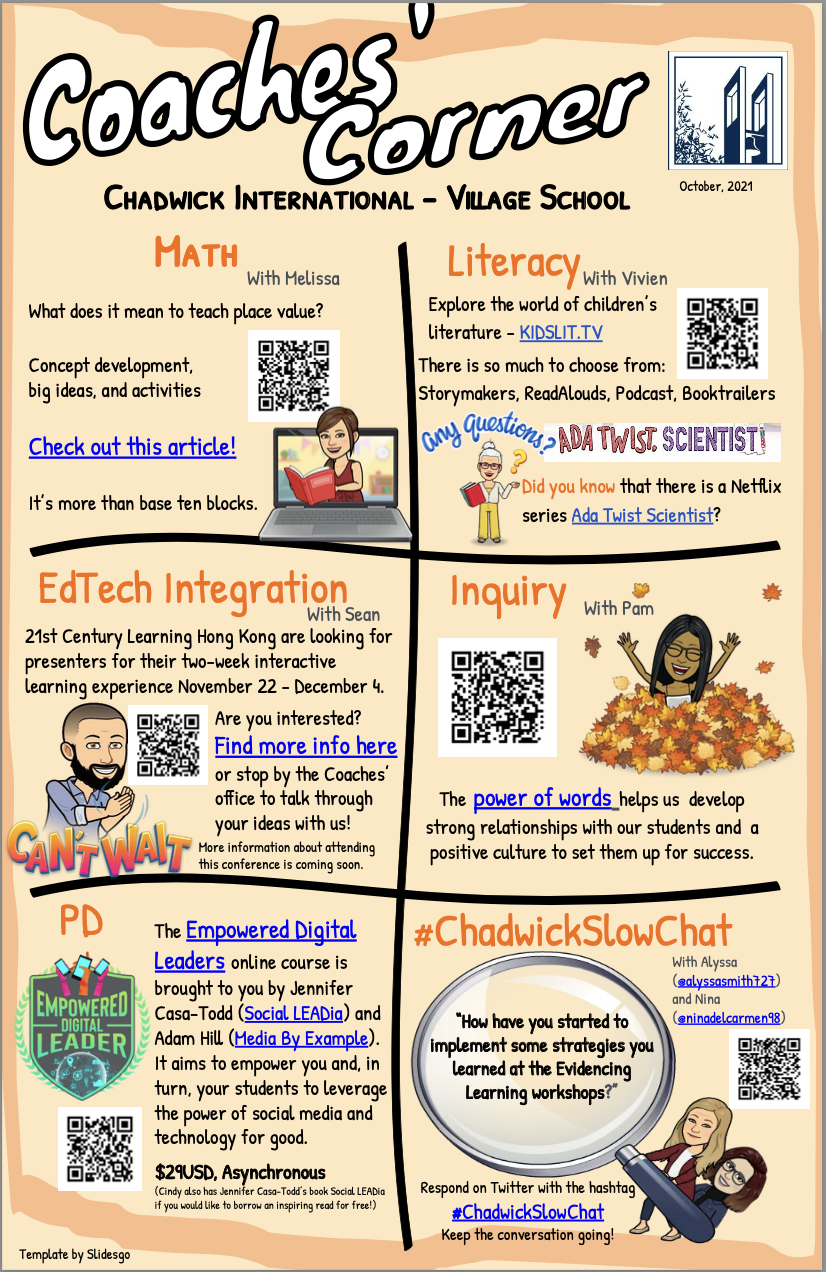
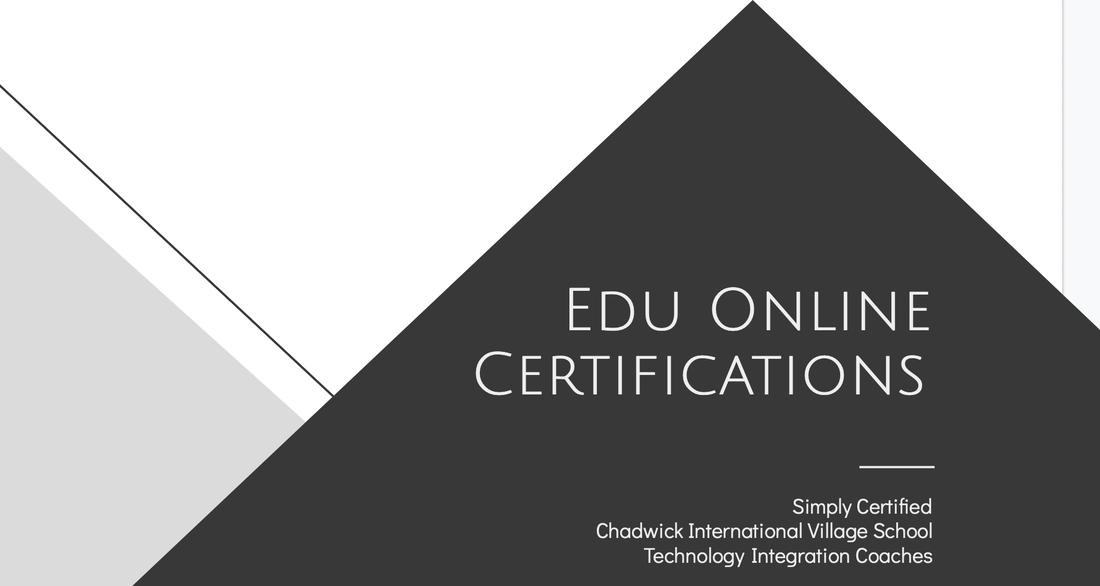
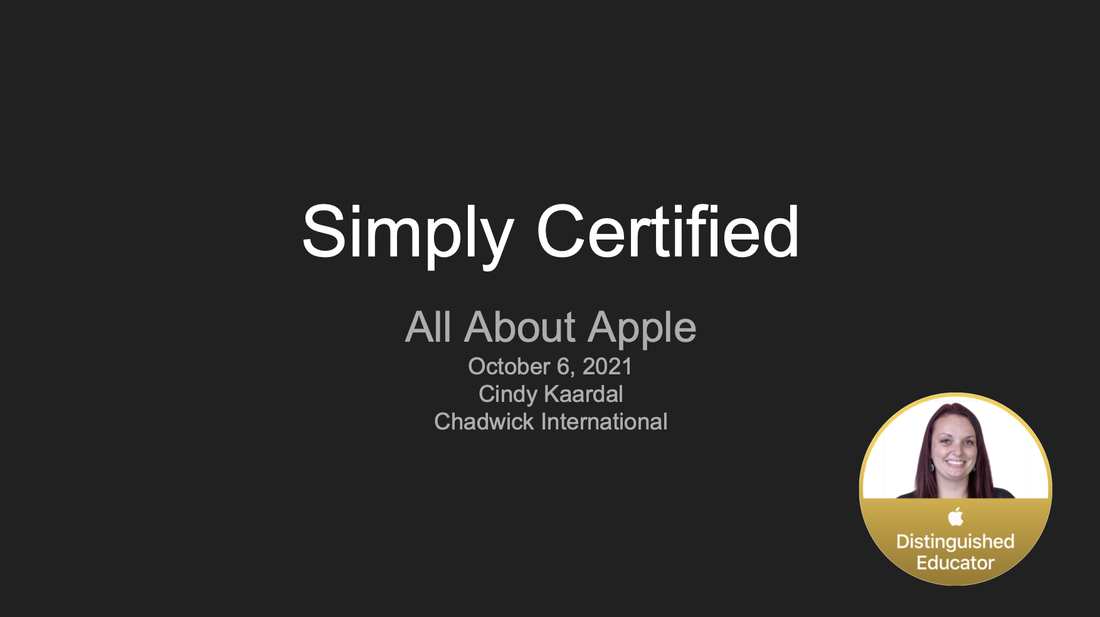
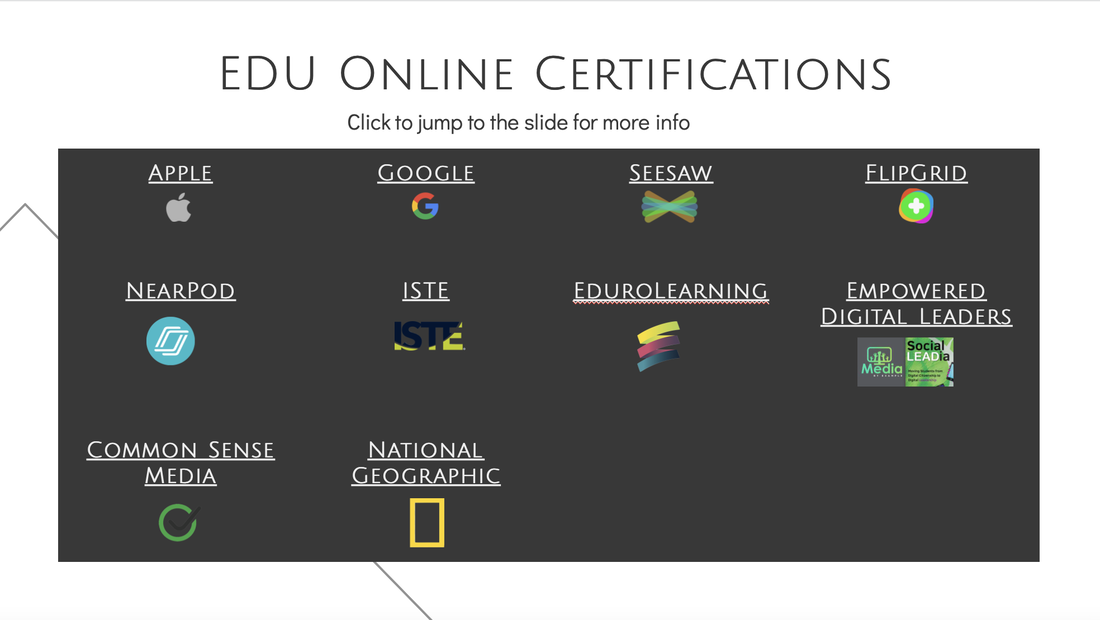
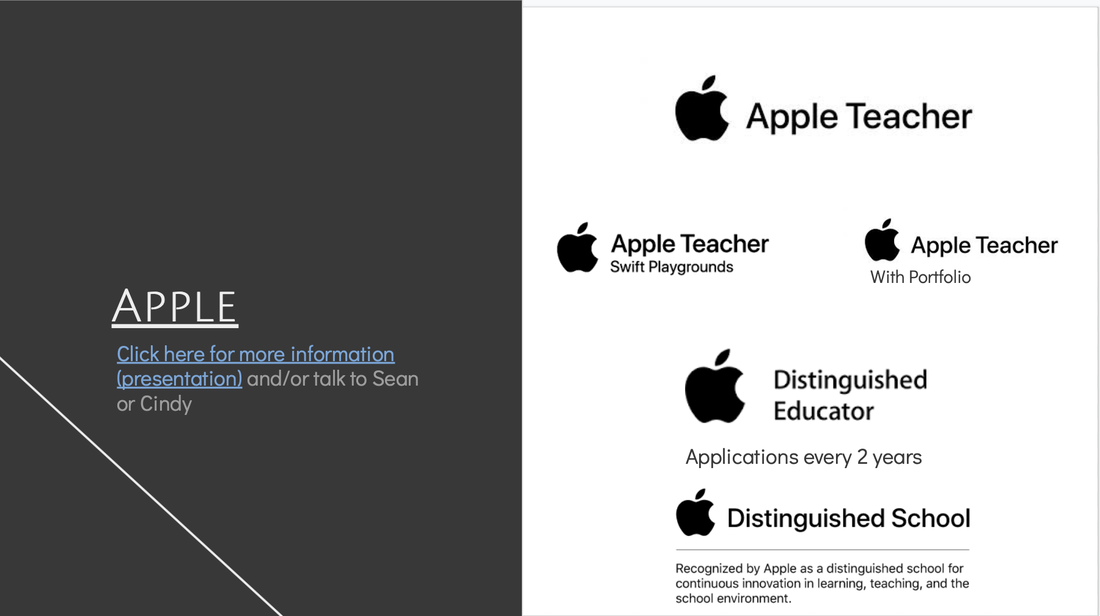
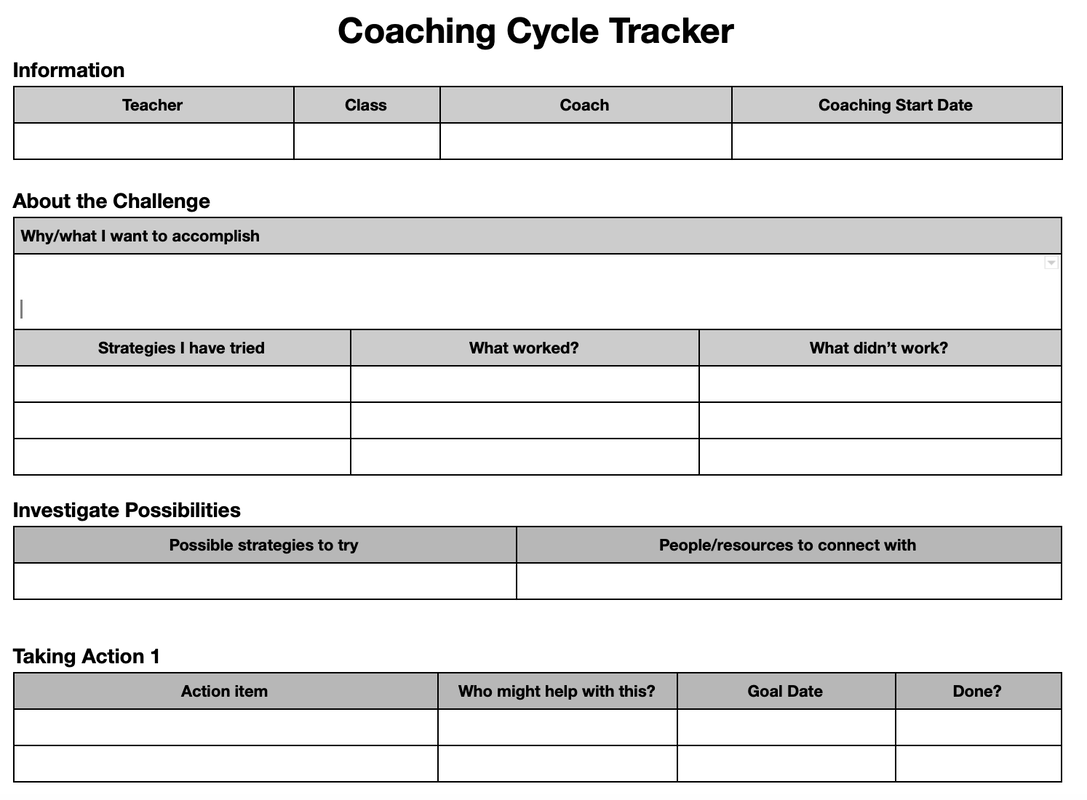
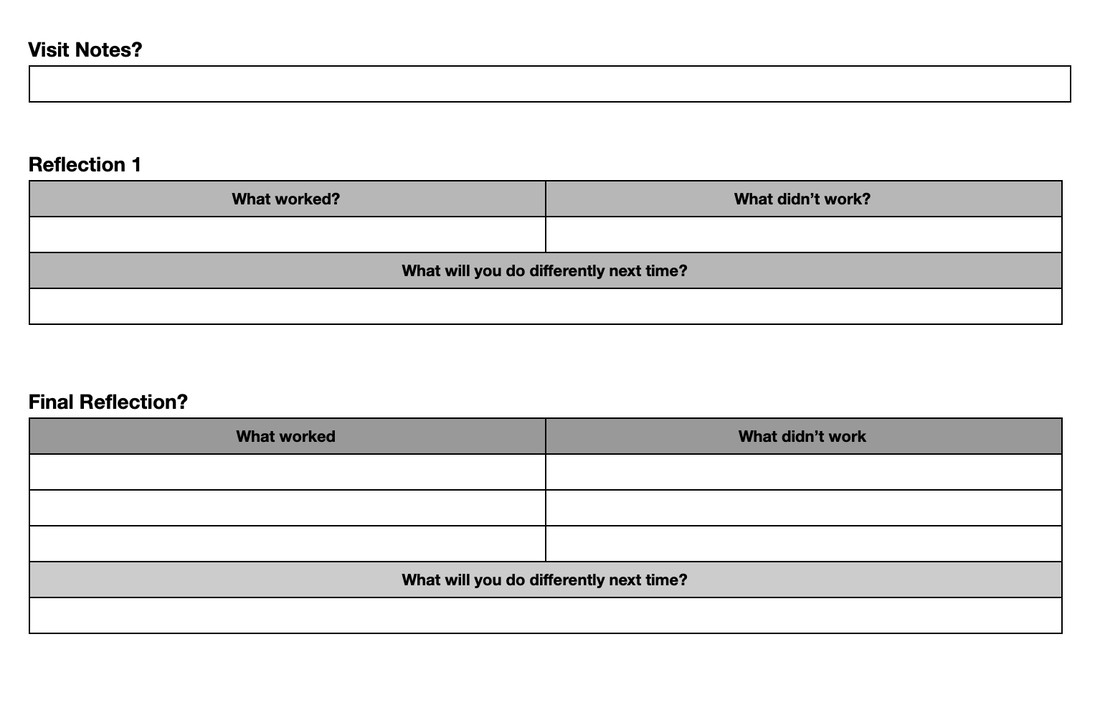
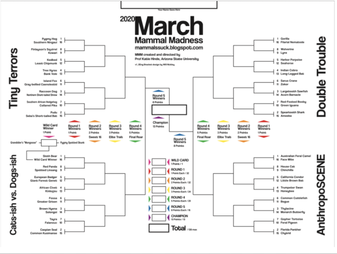


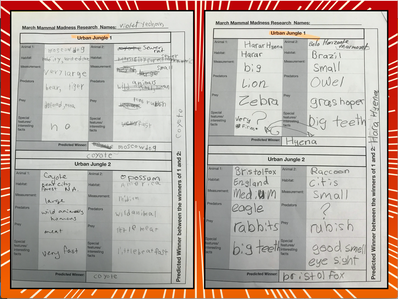
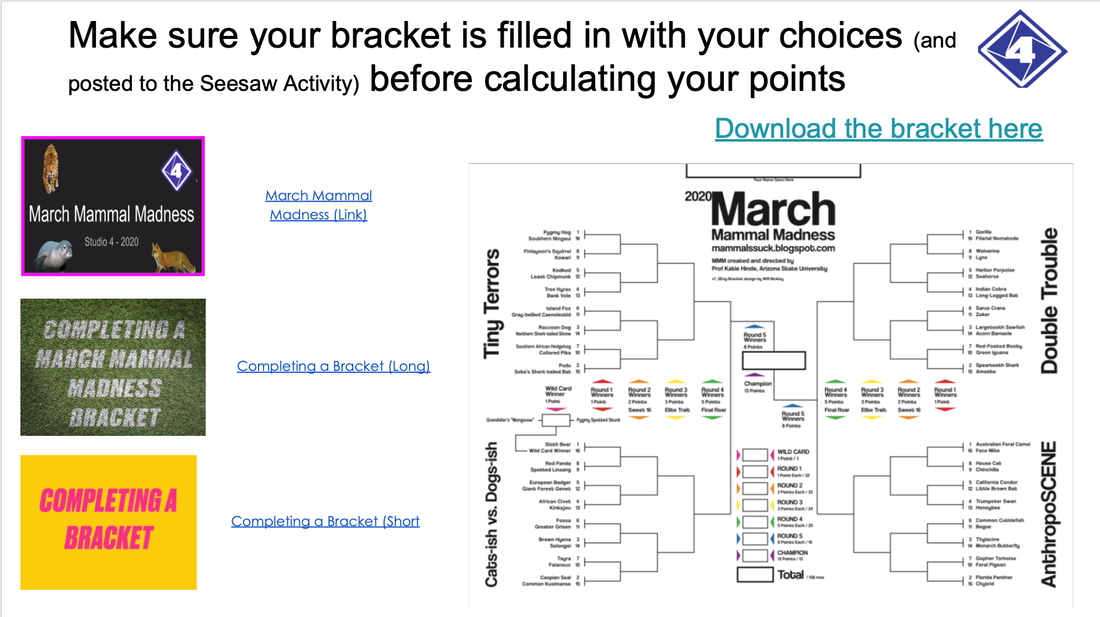
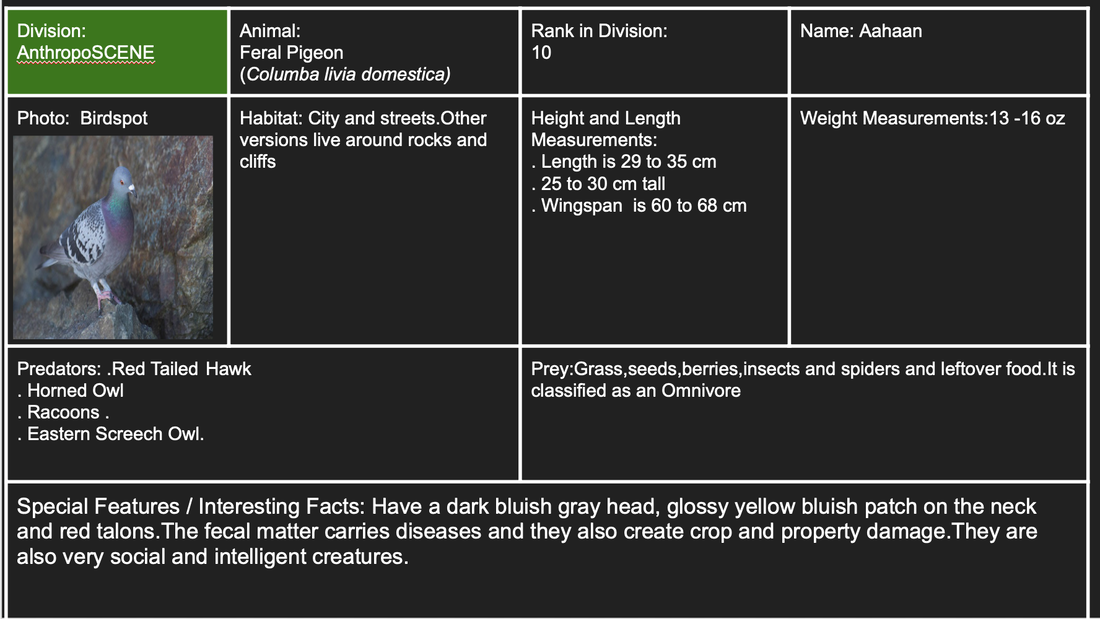
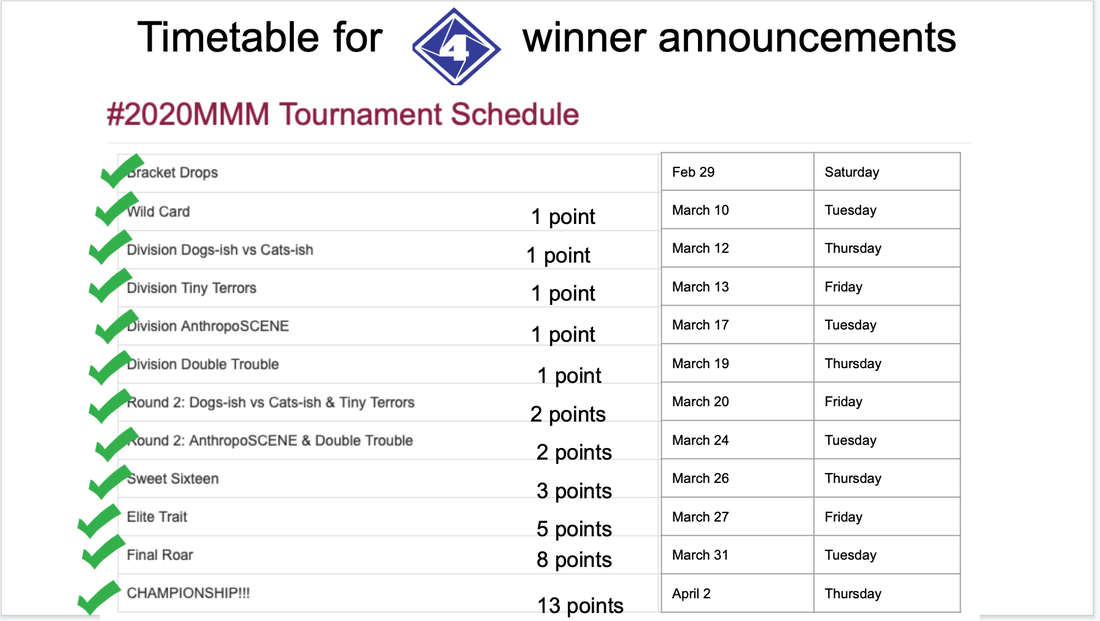
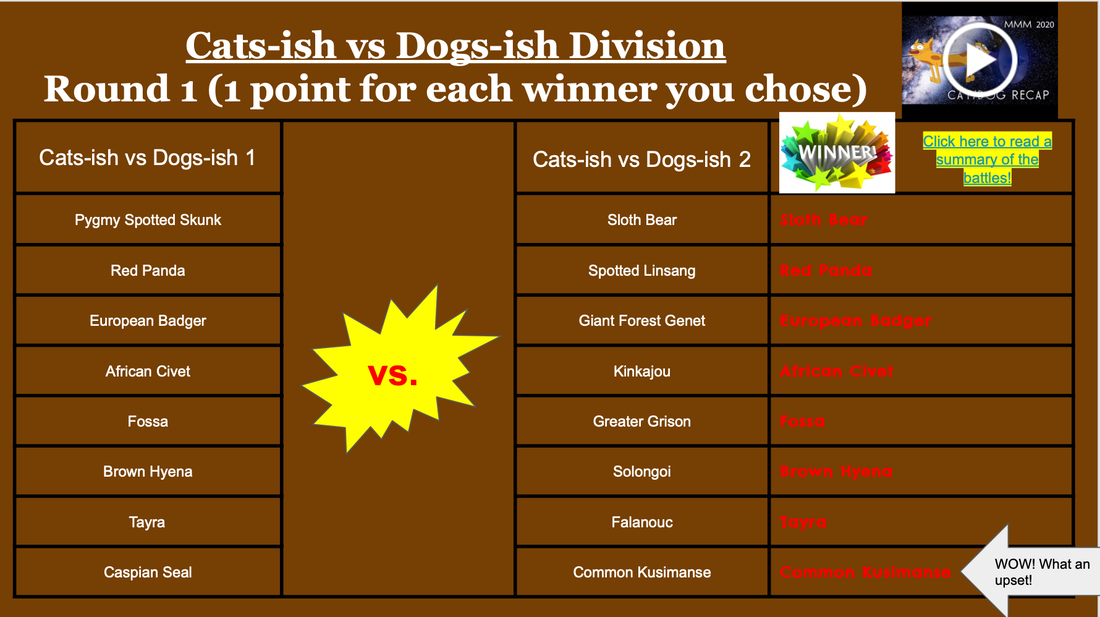
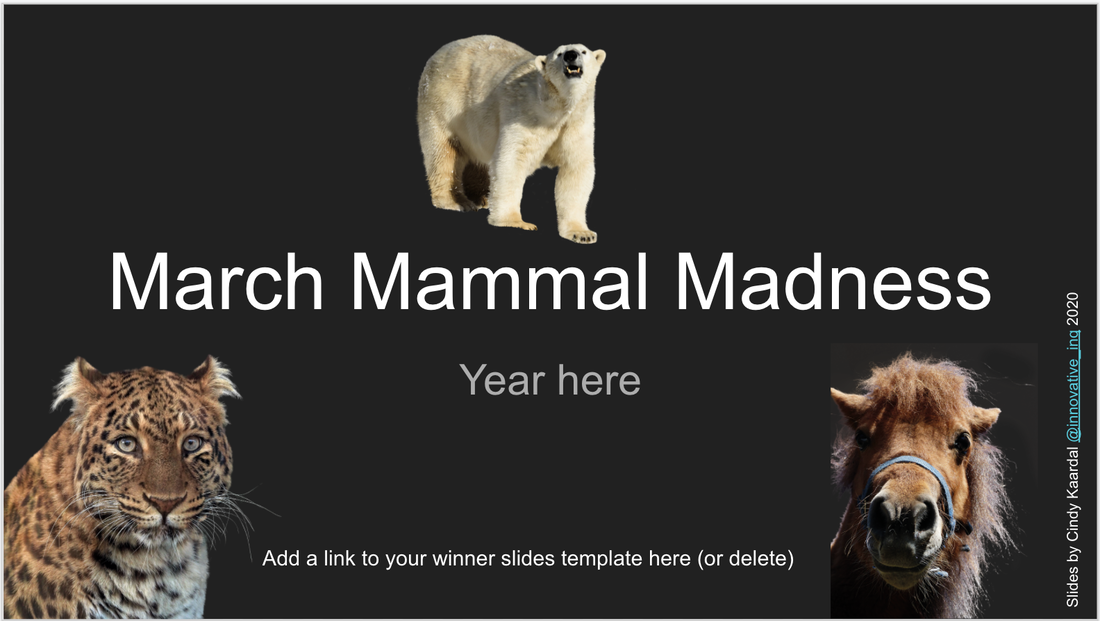
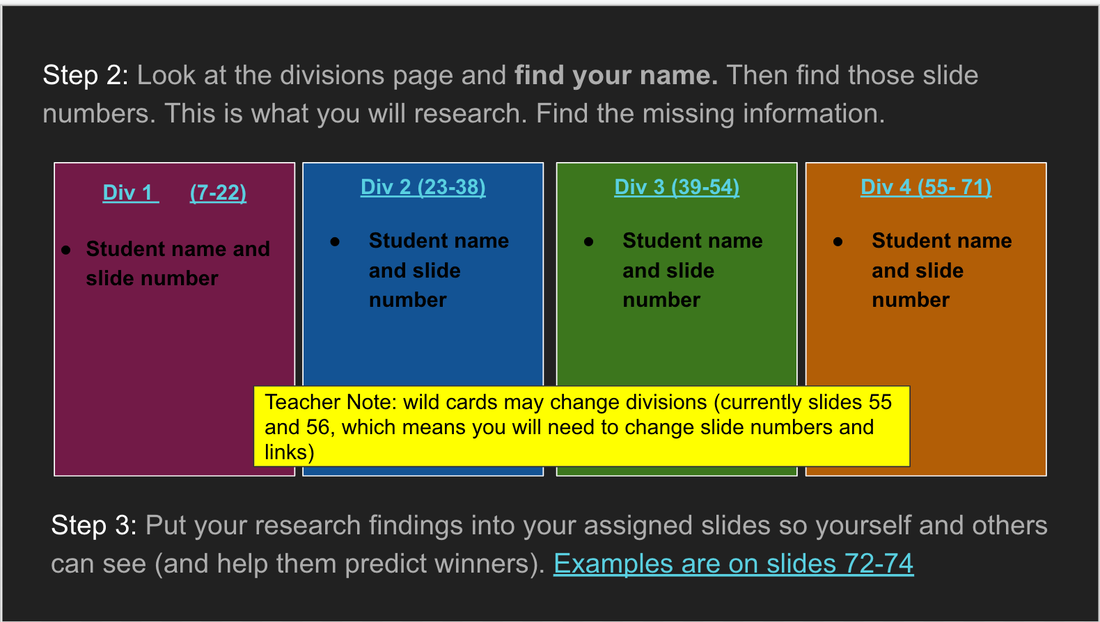
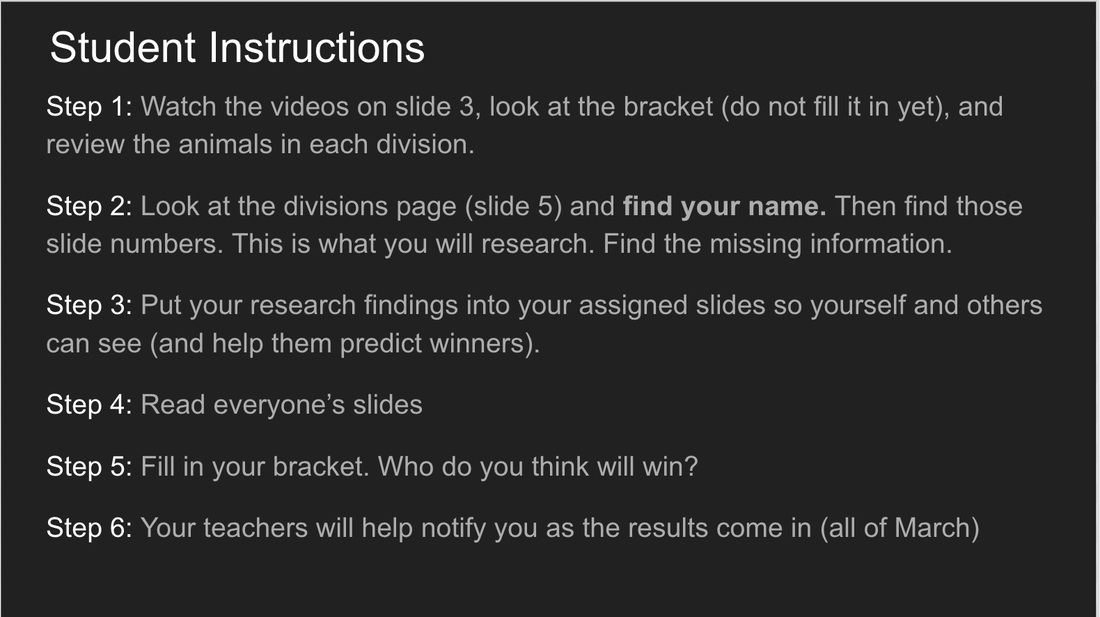
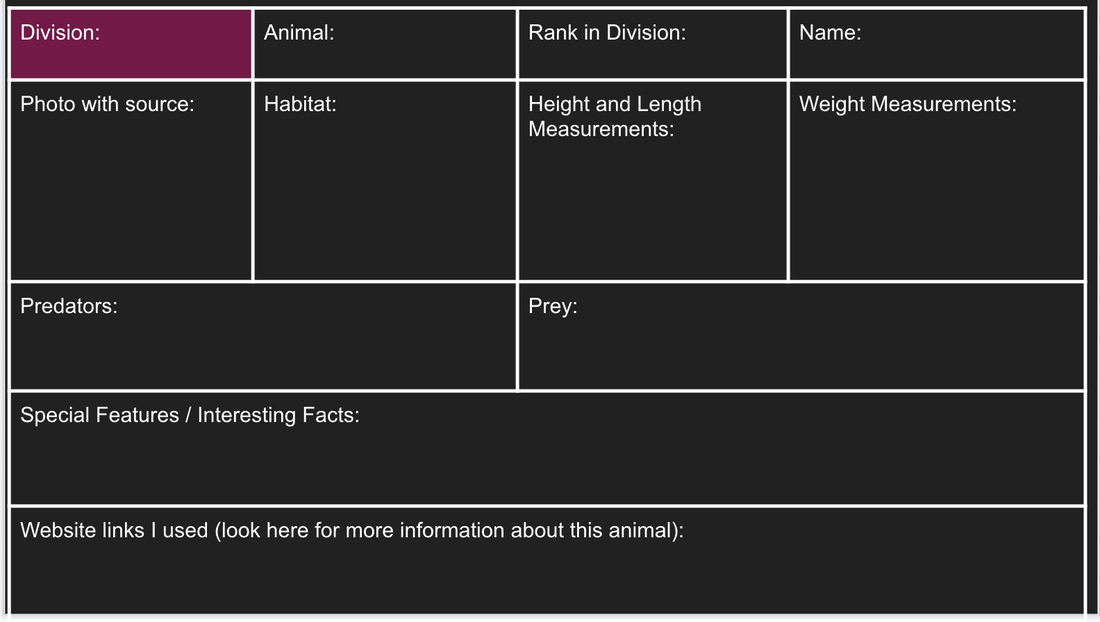
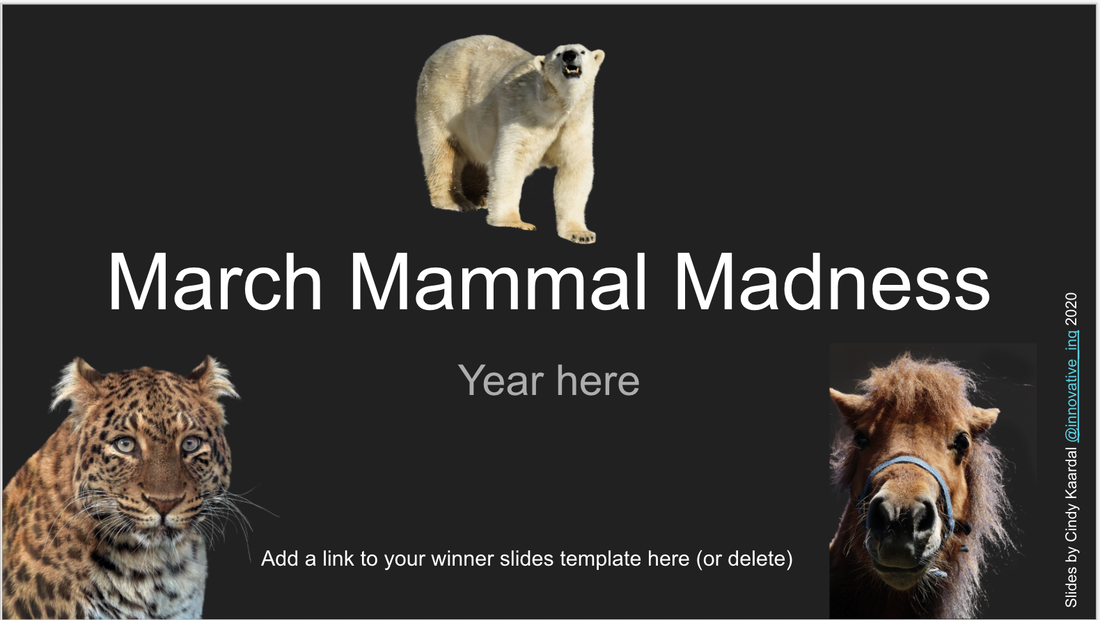
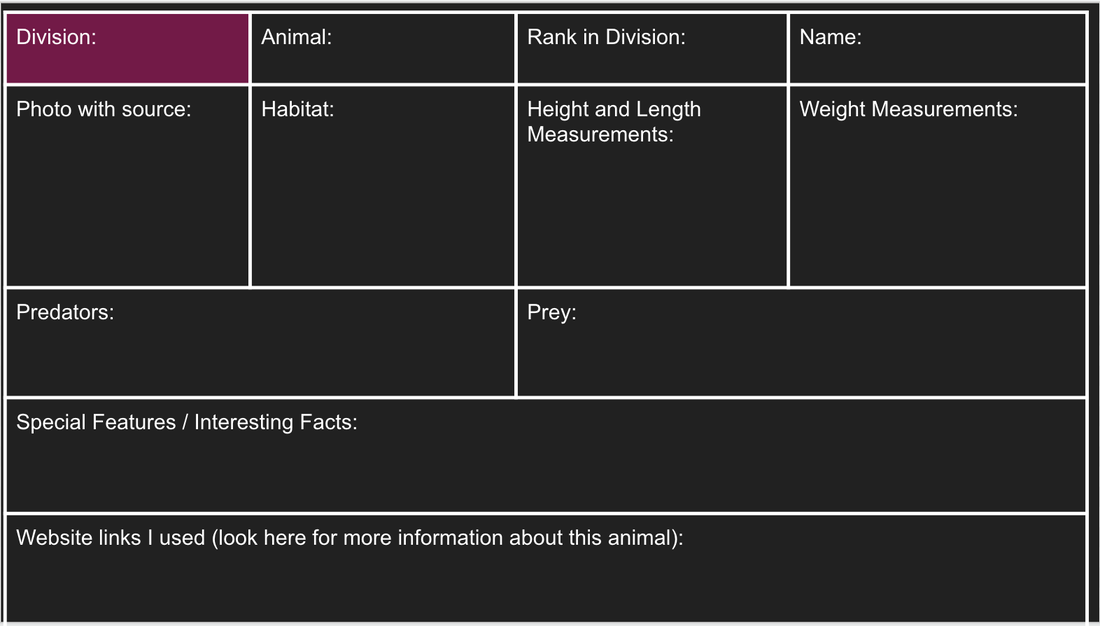
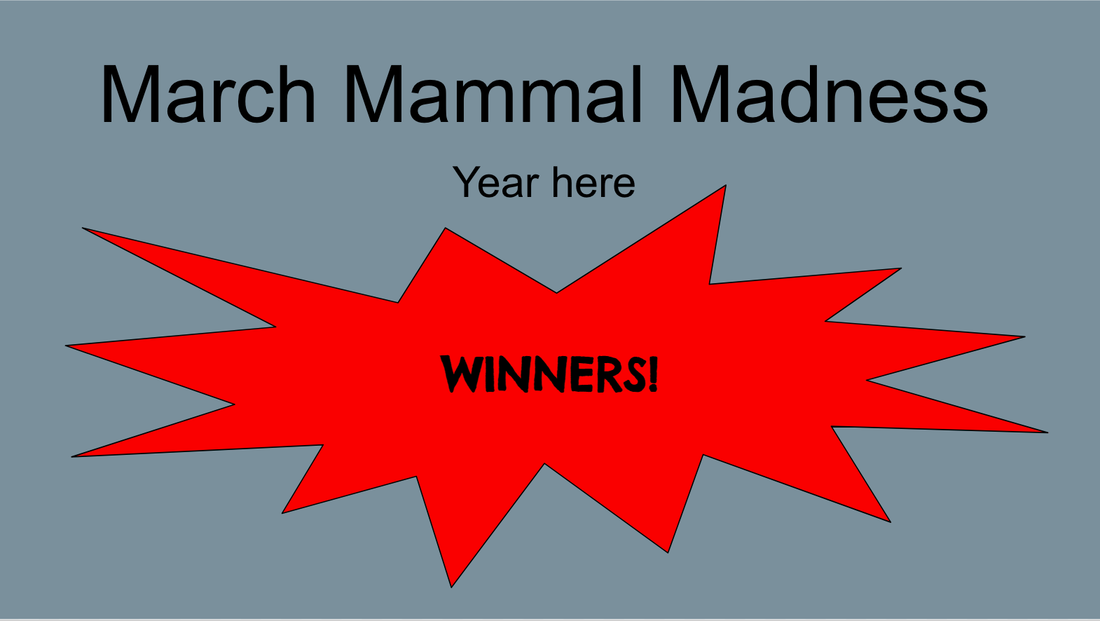
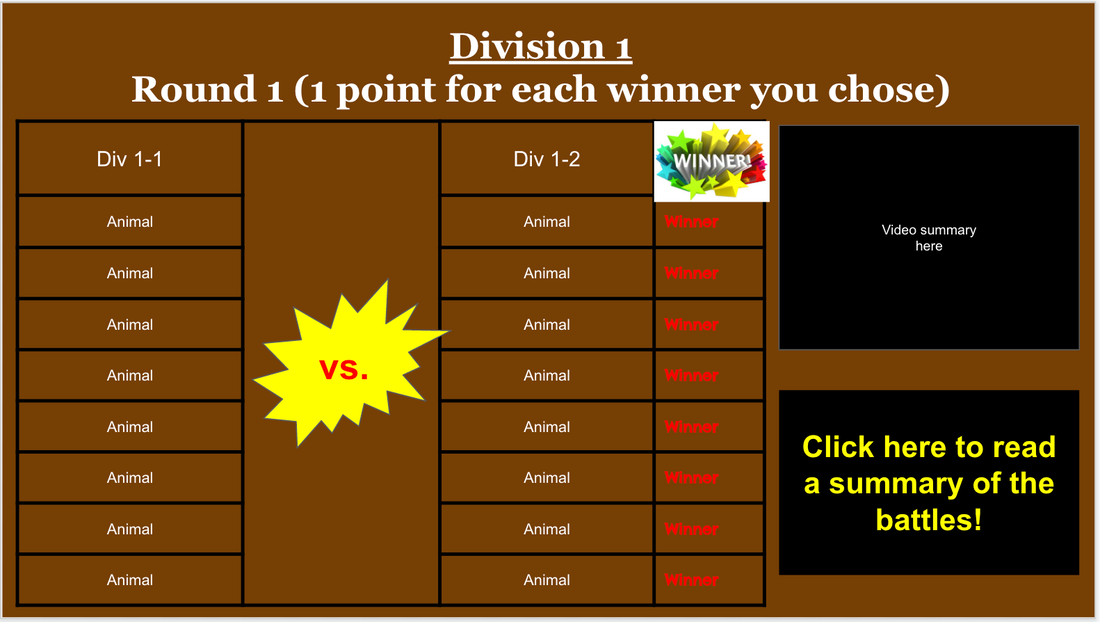




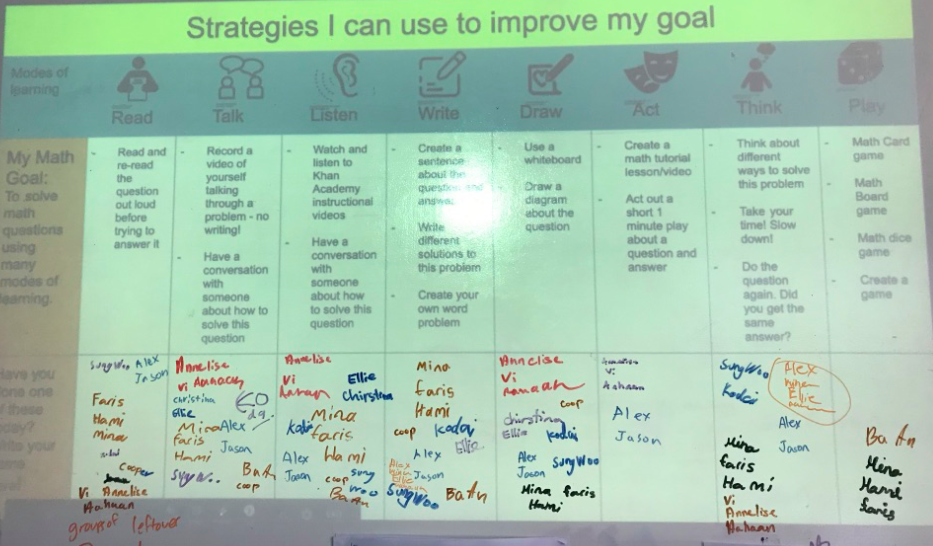
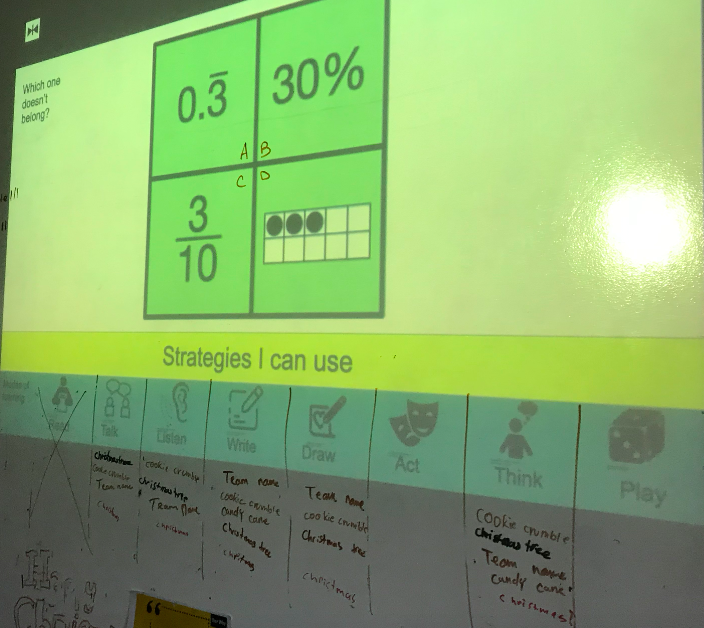
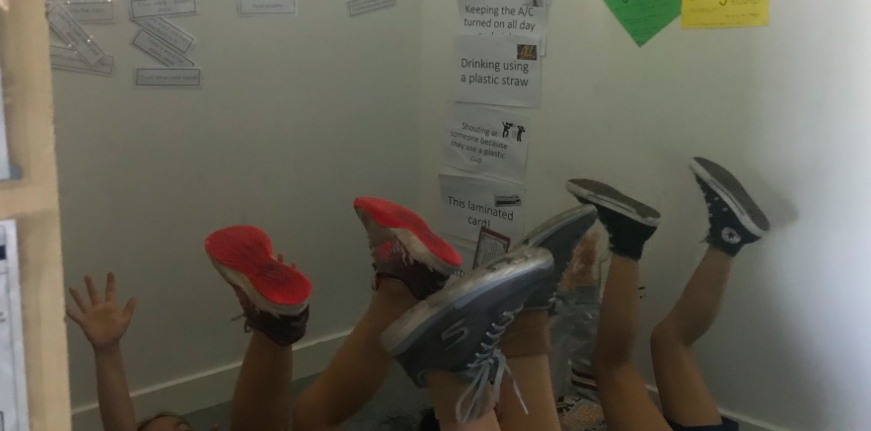
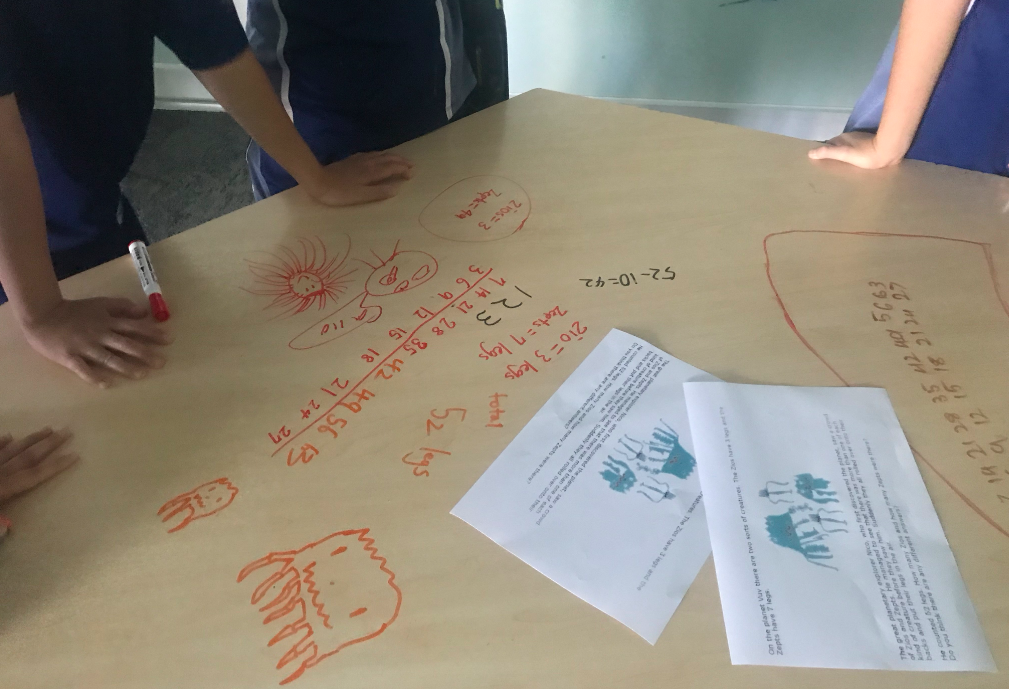
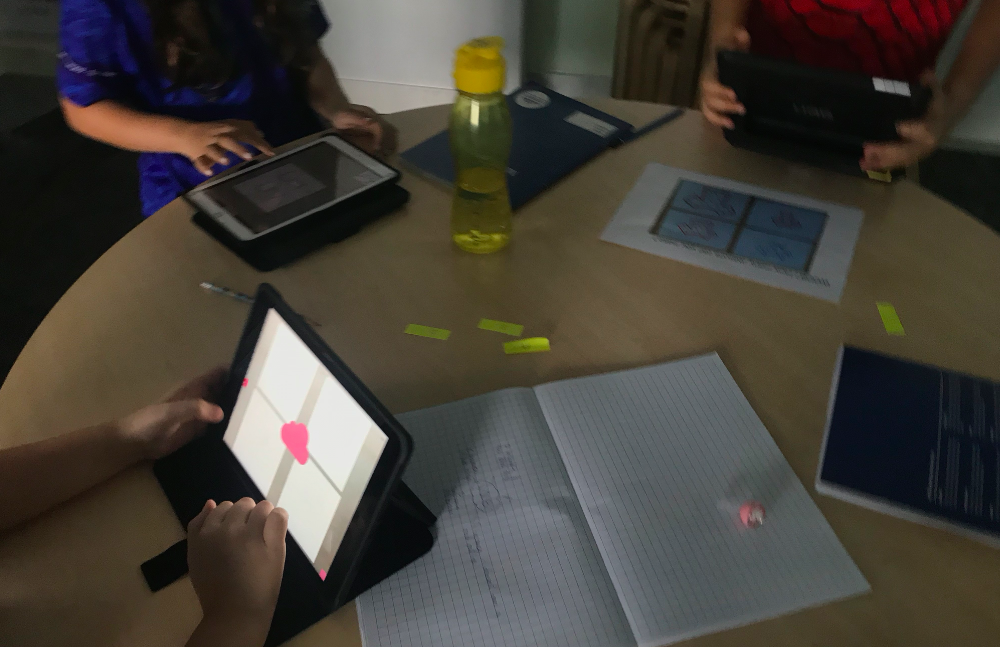
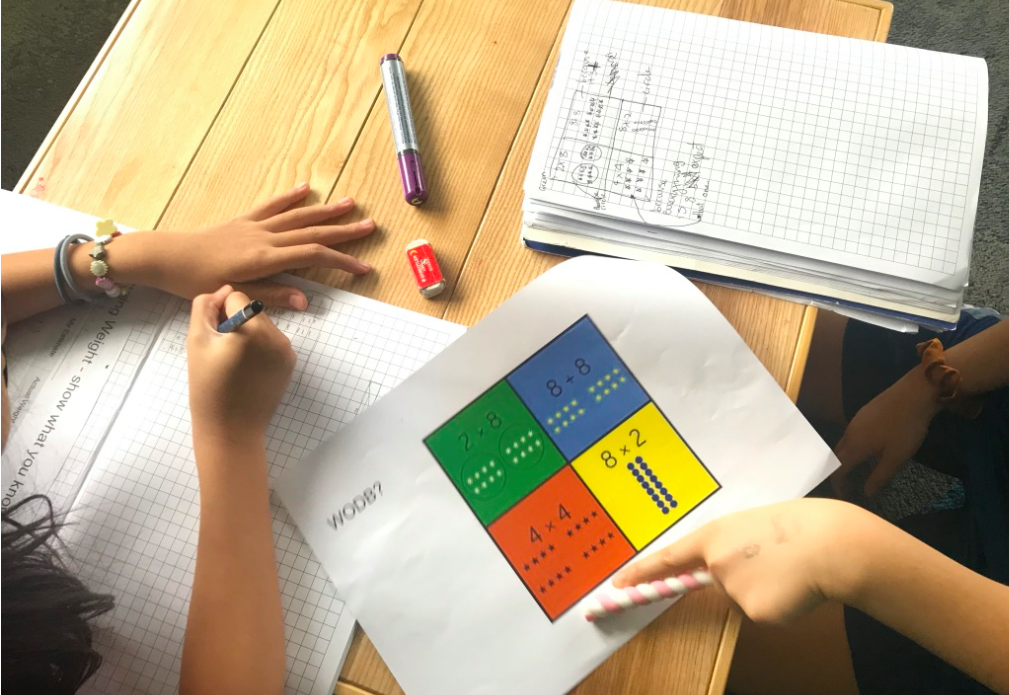
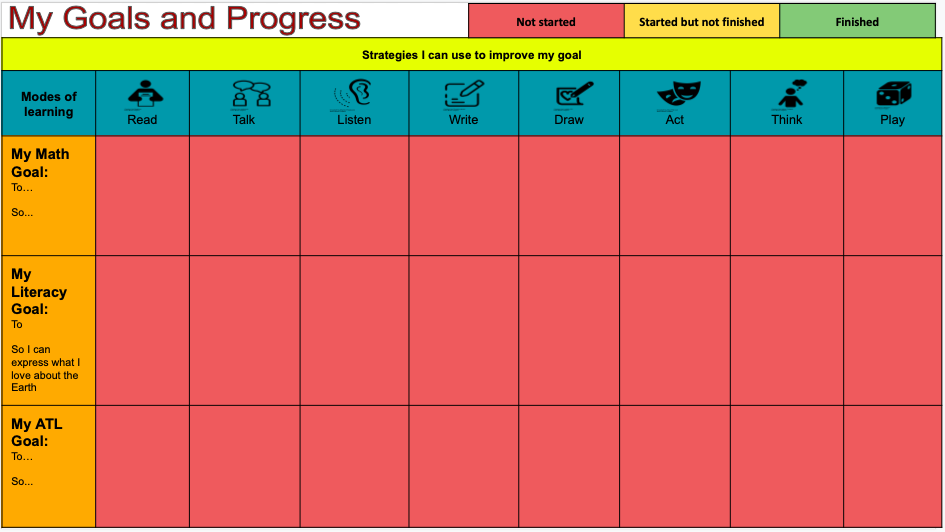
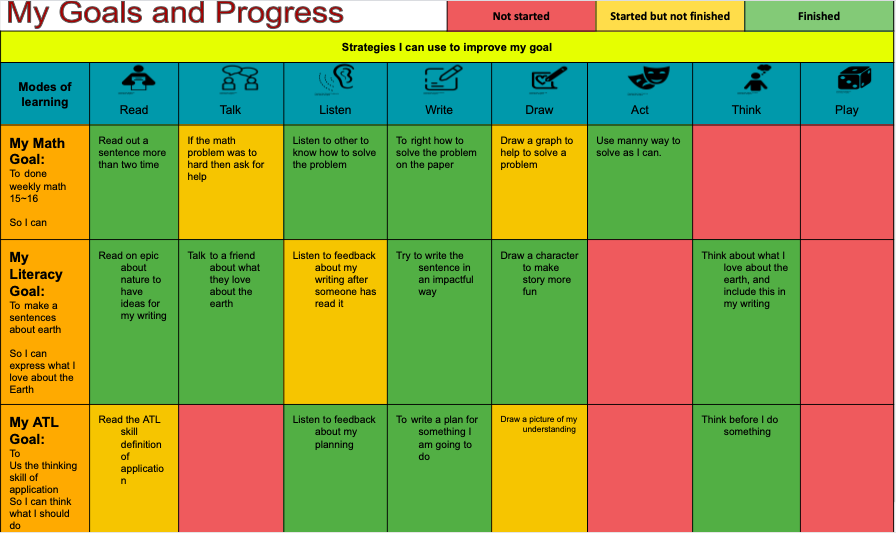
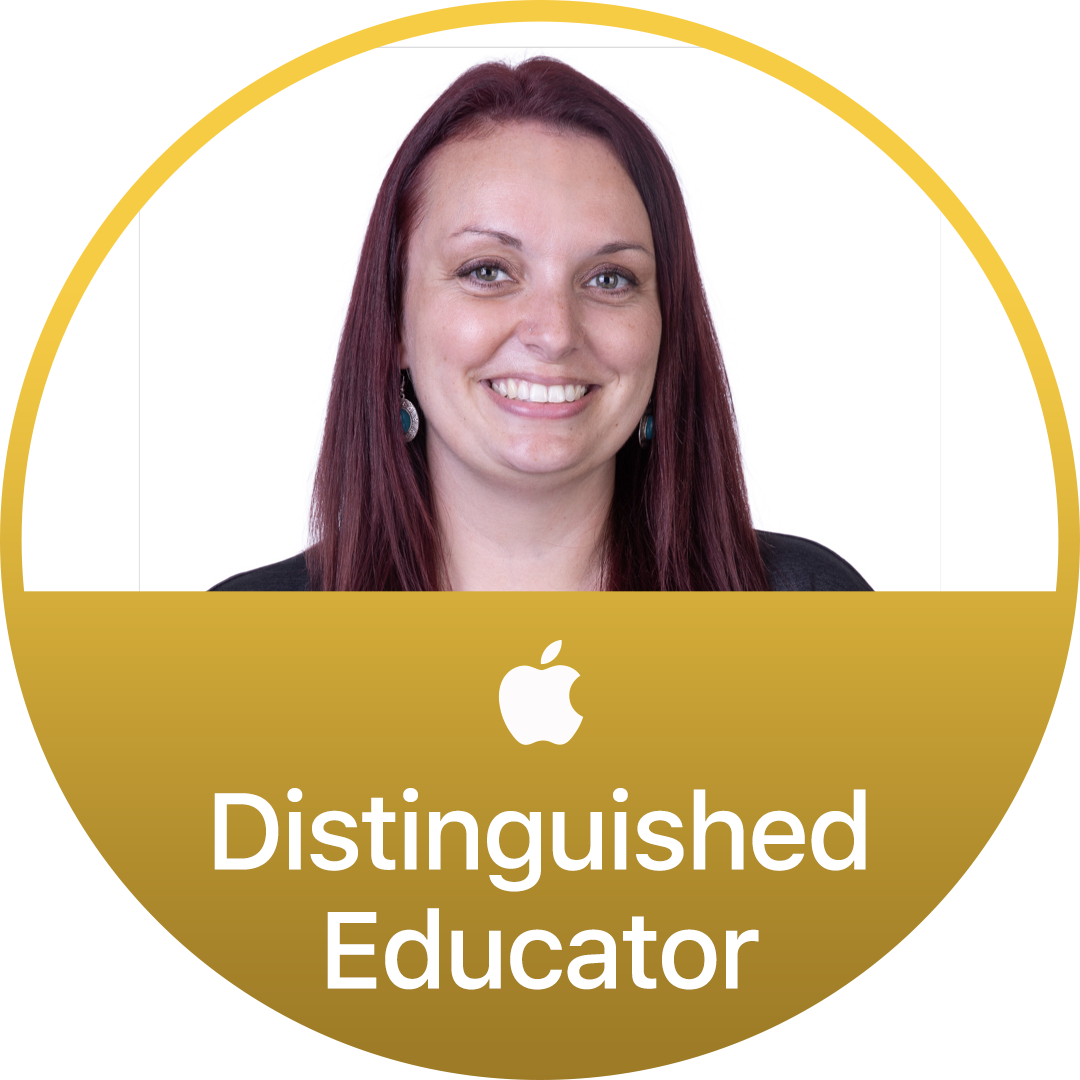
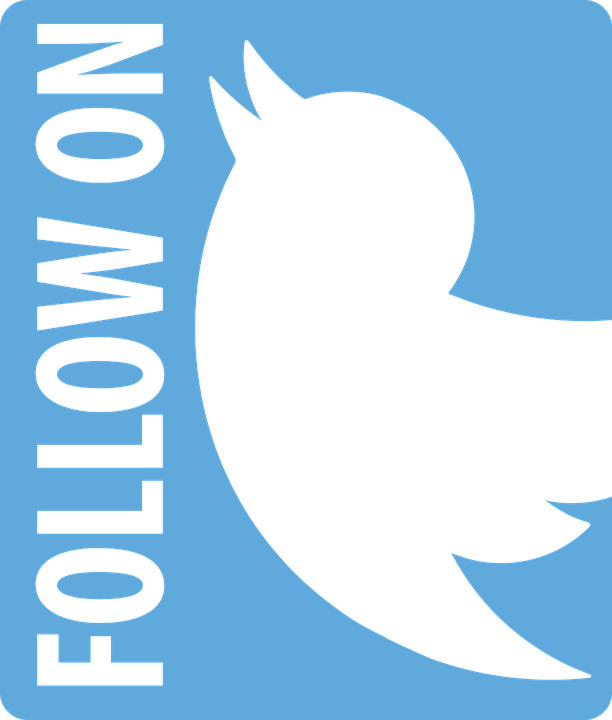

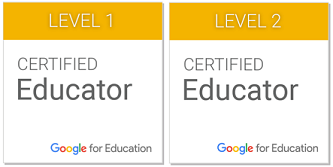
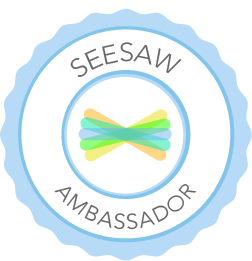
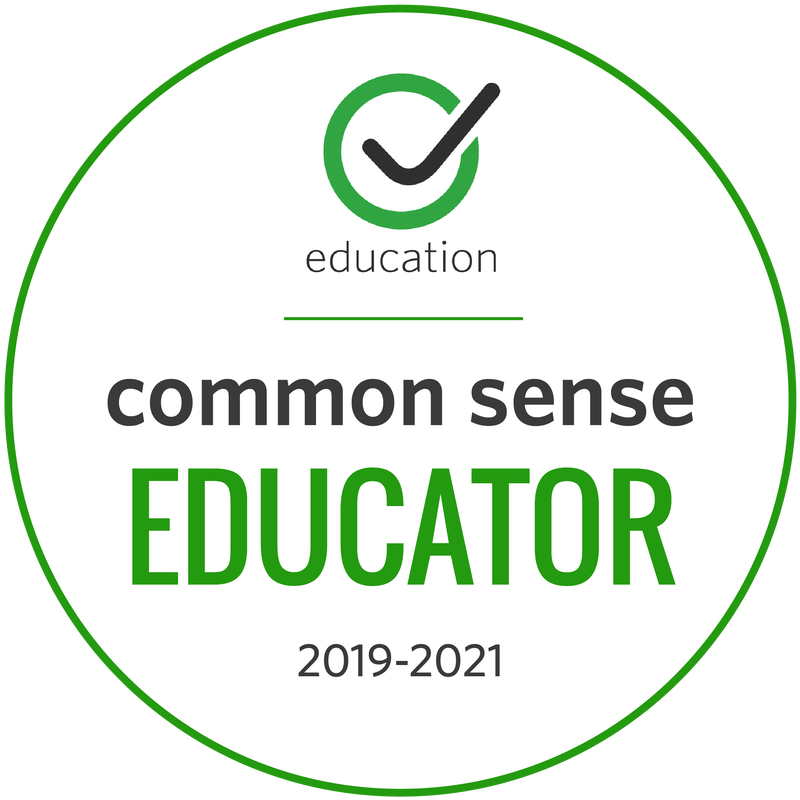
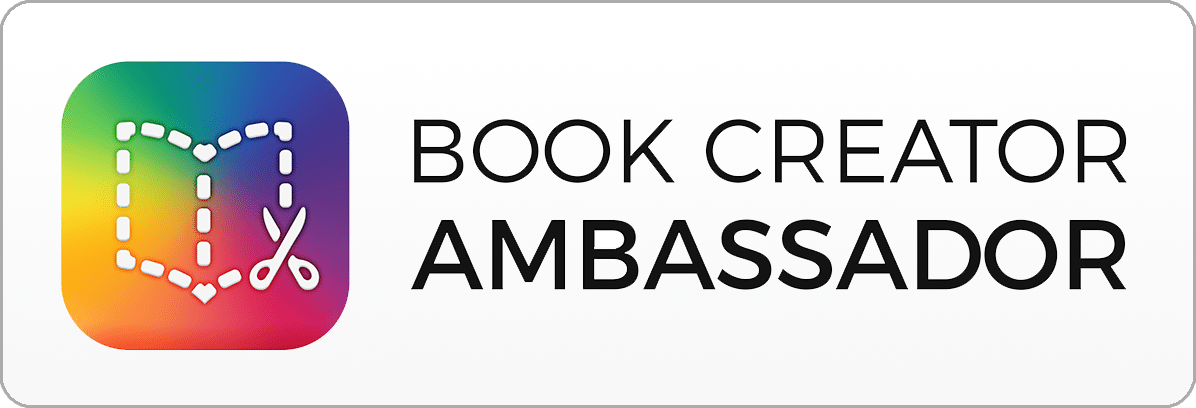
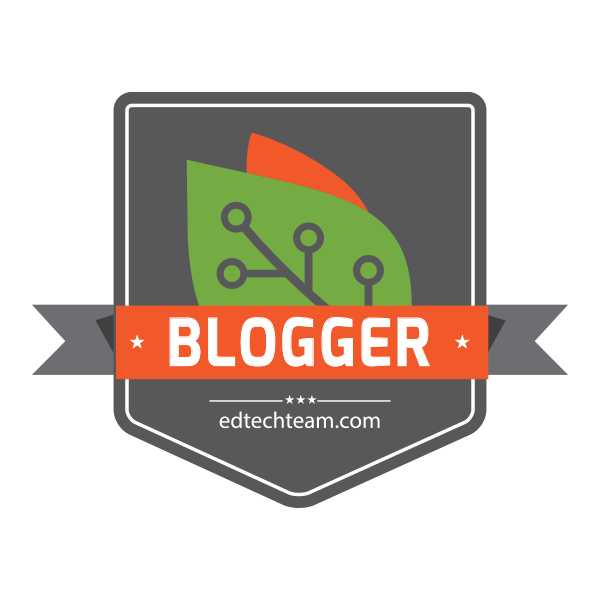
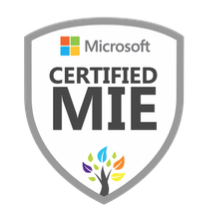
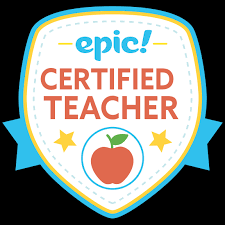

 RSS Feed
RSS Feed